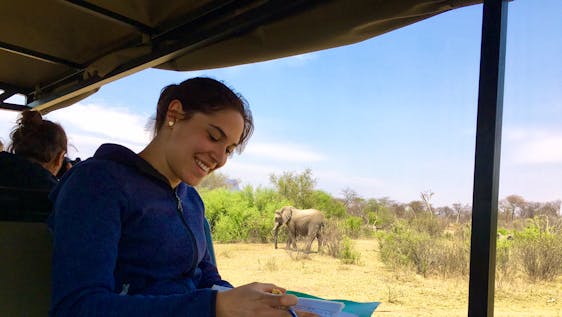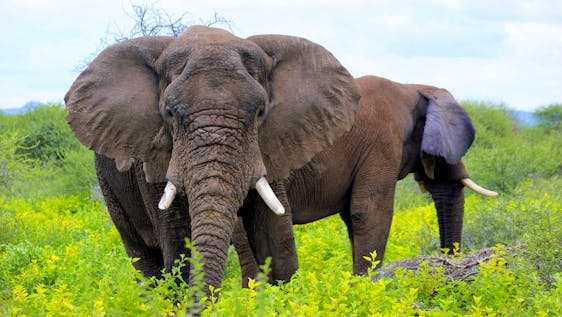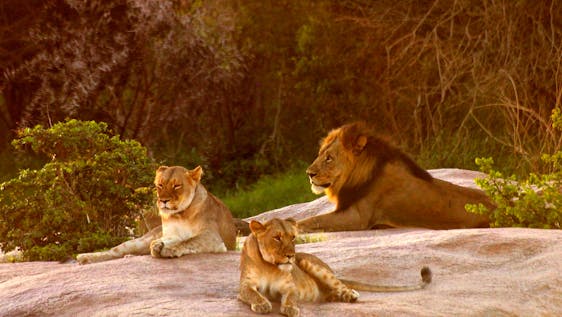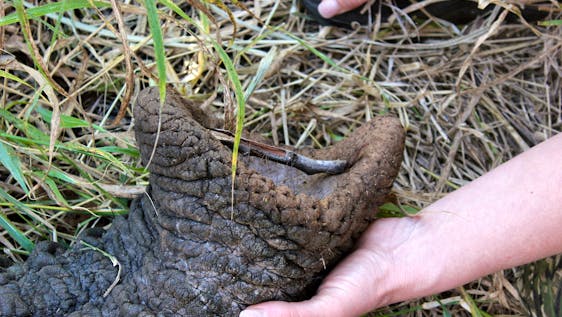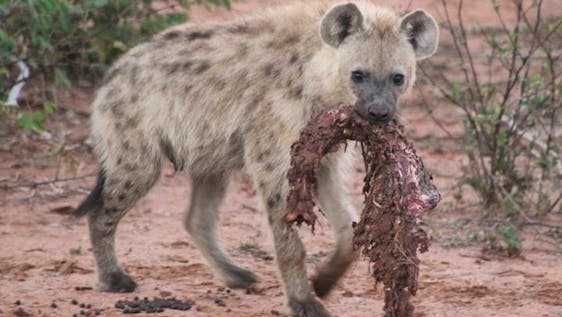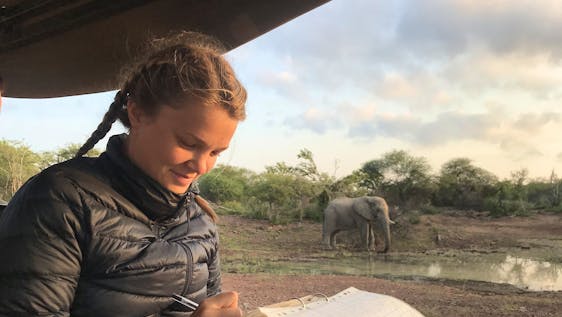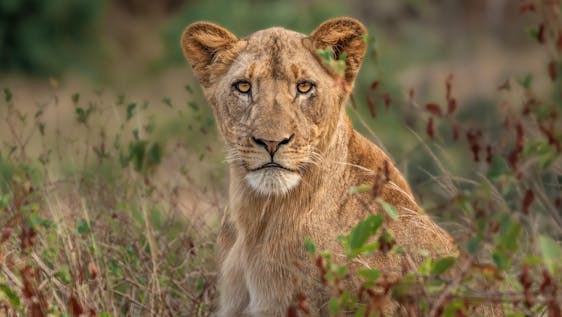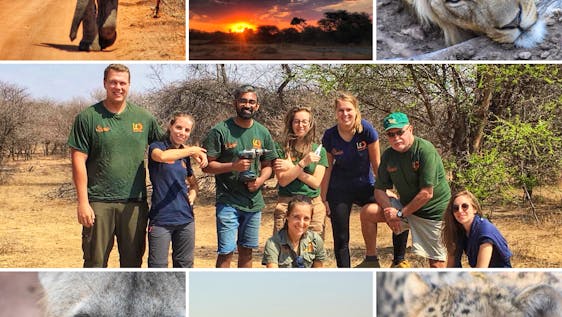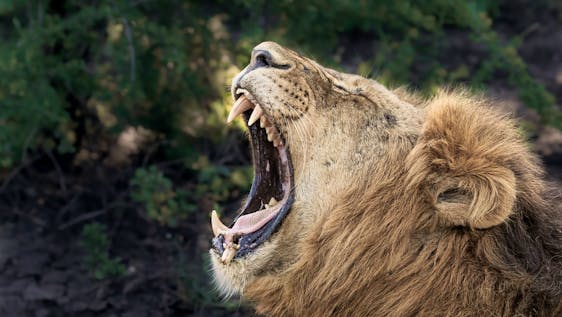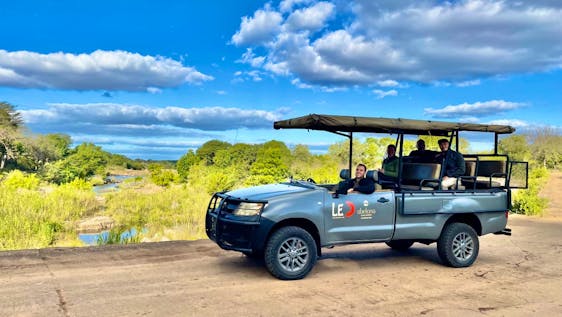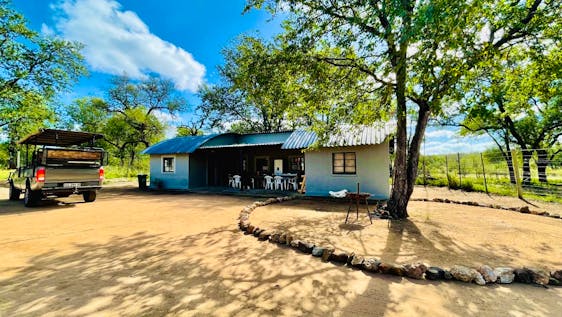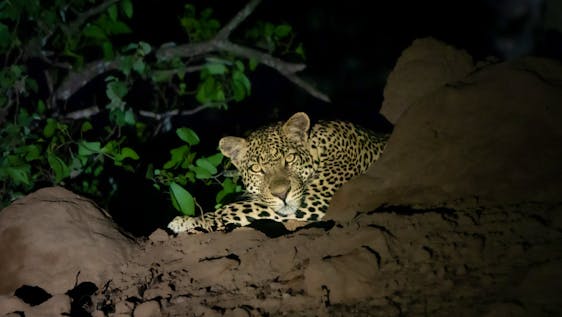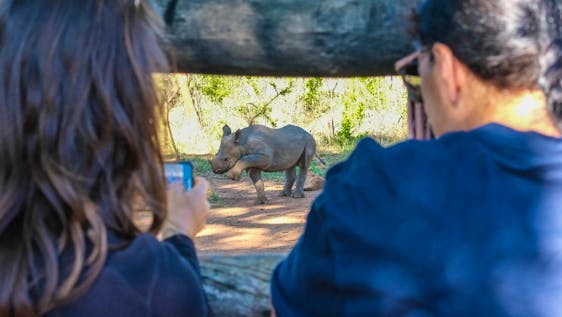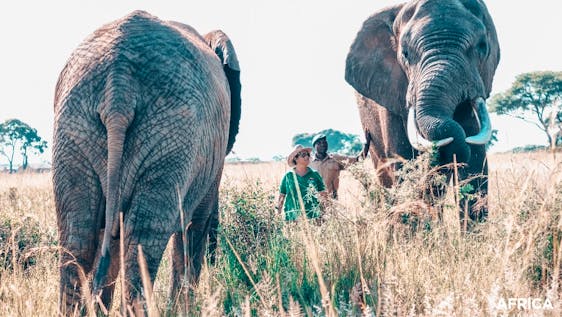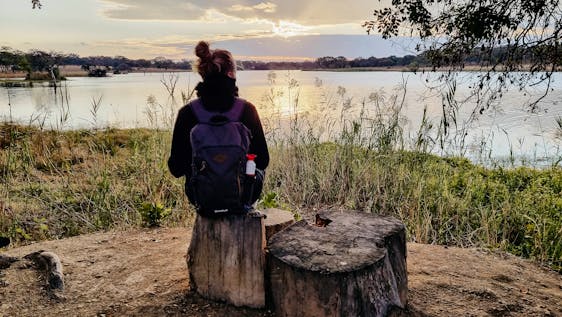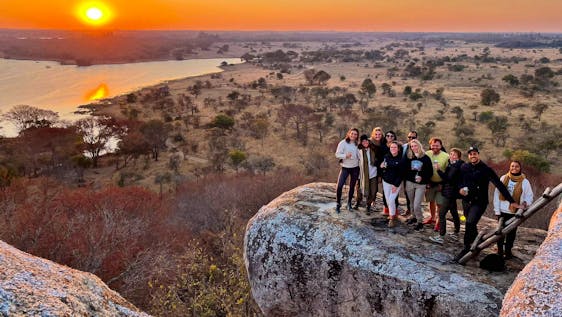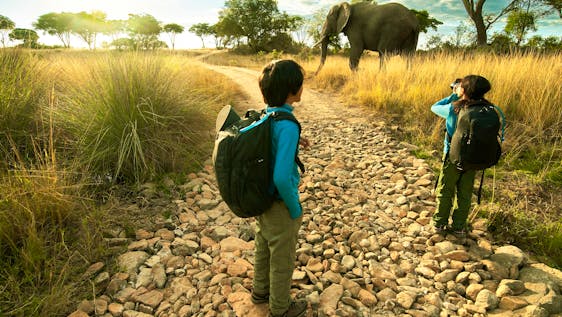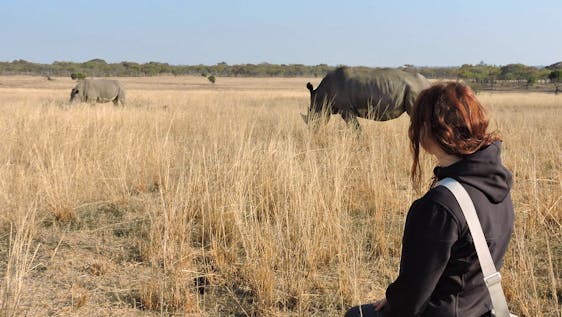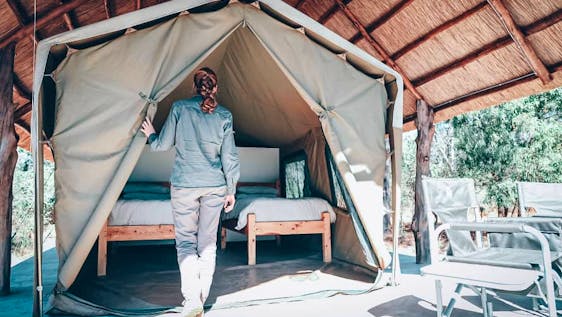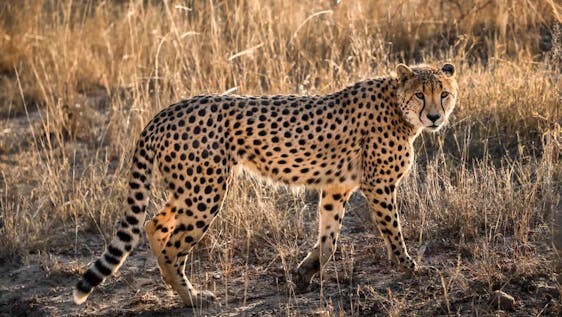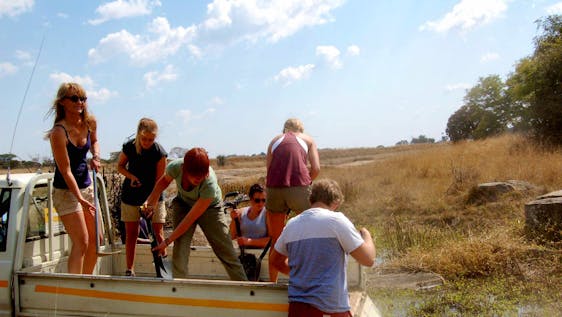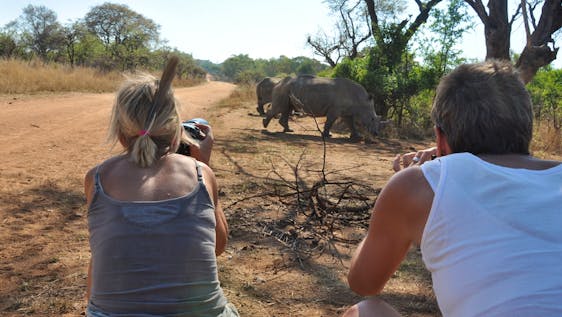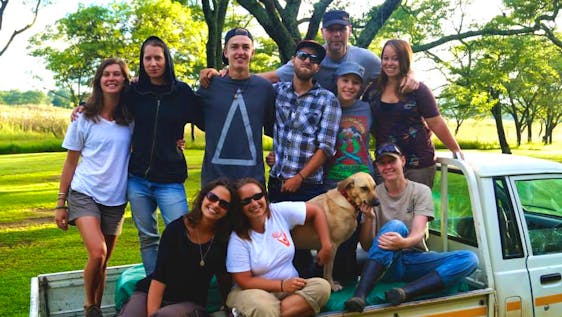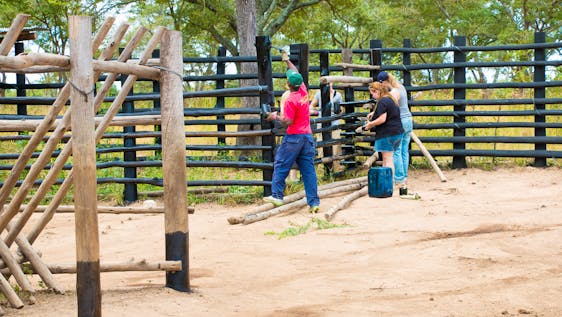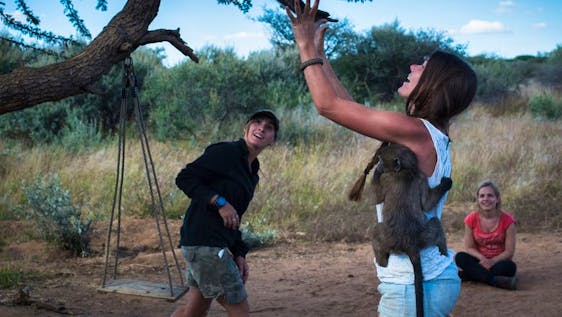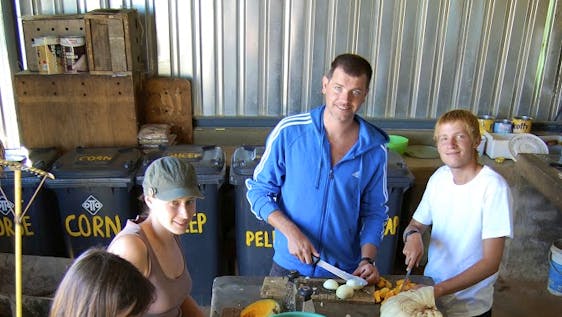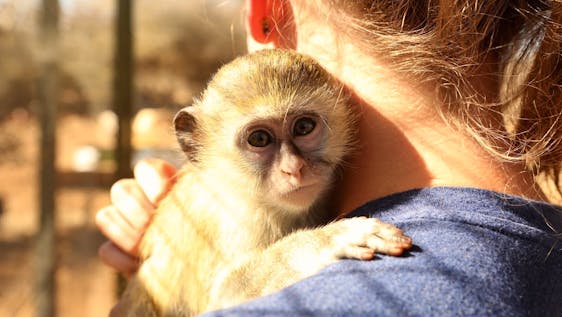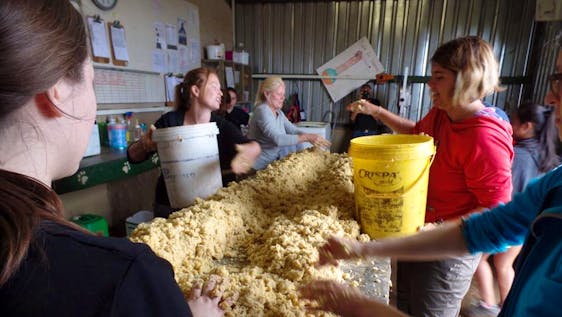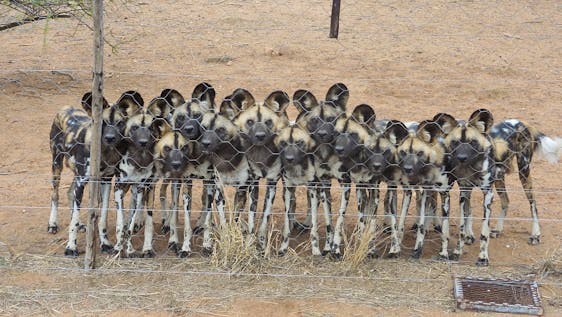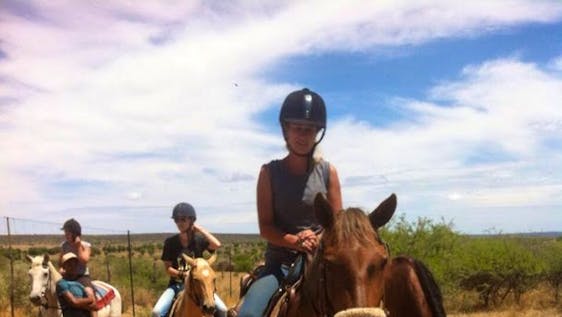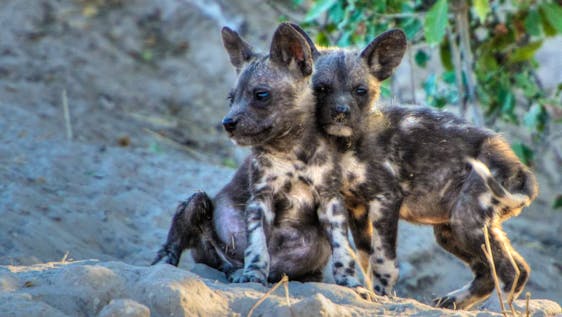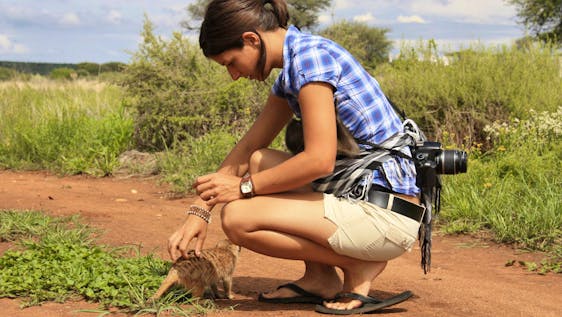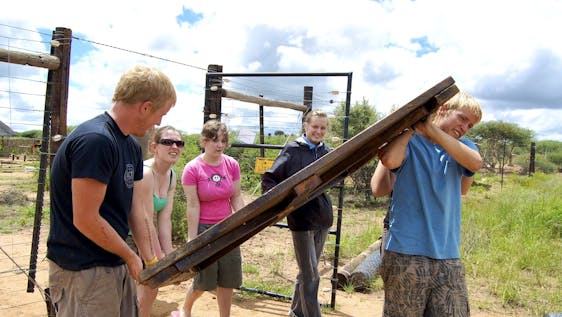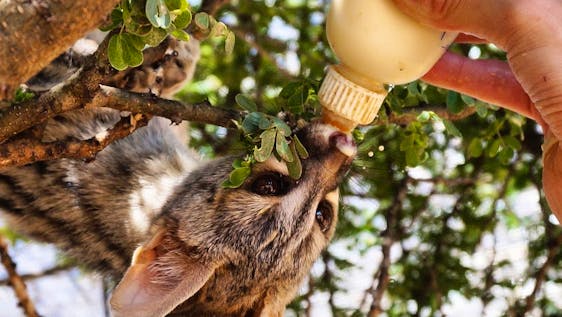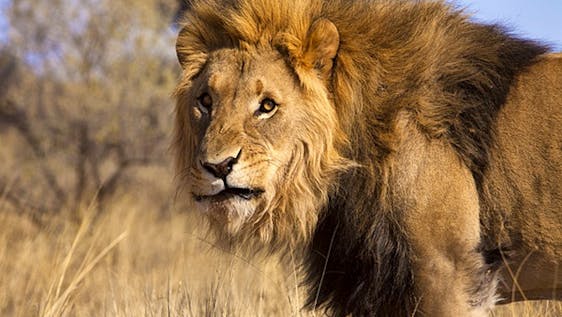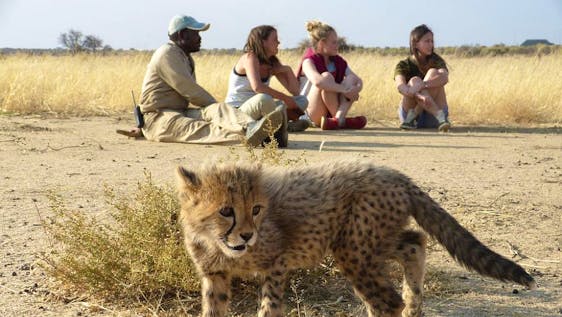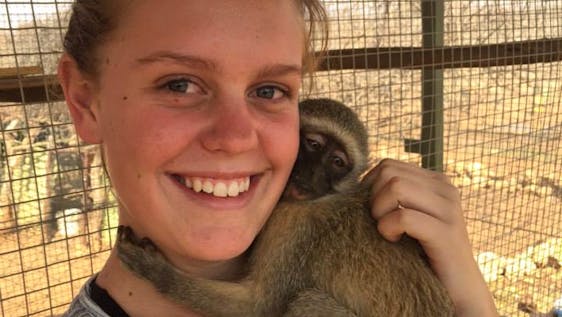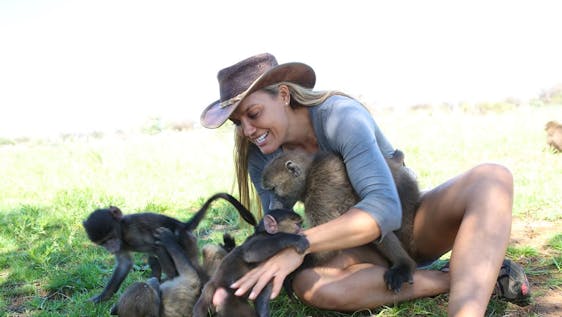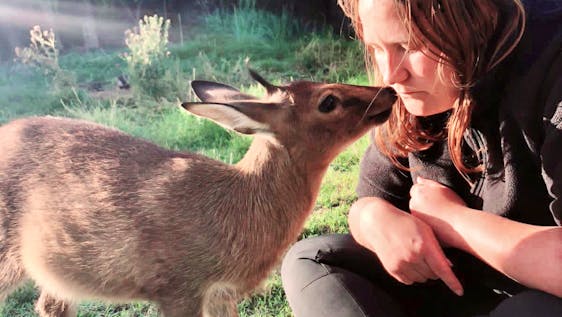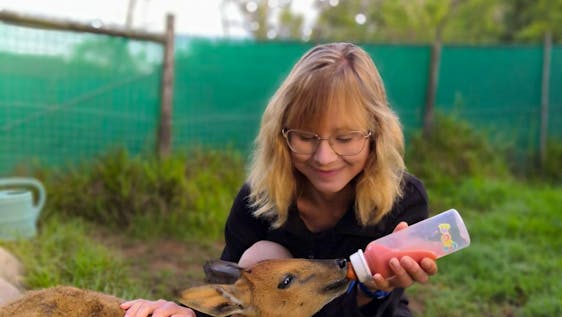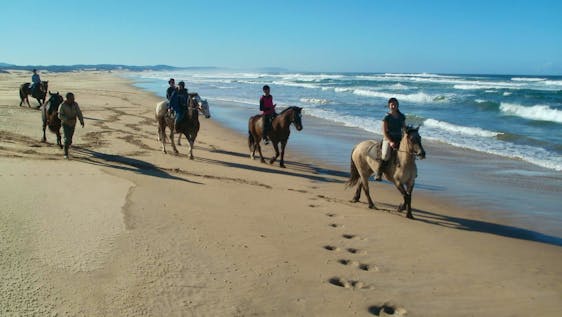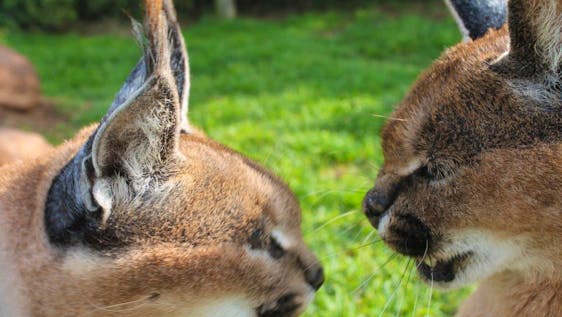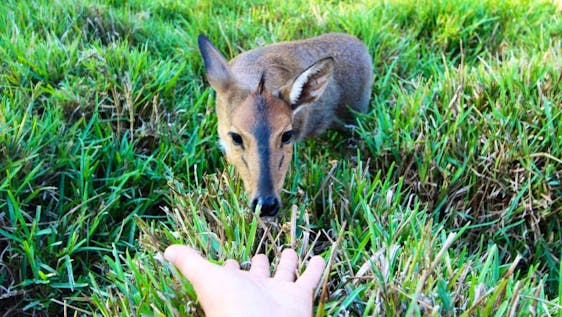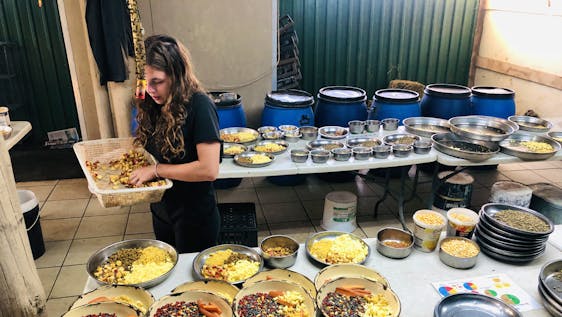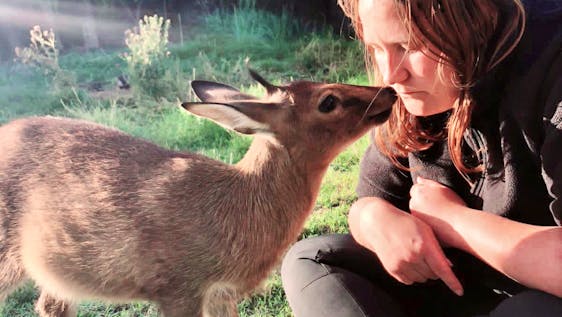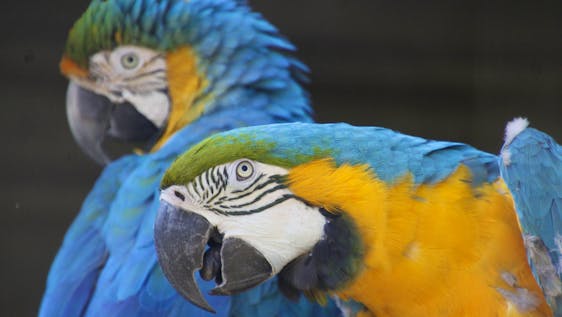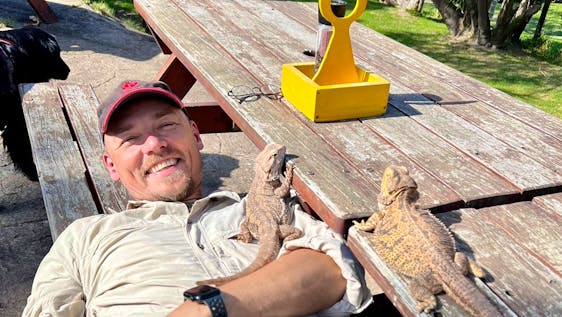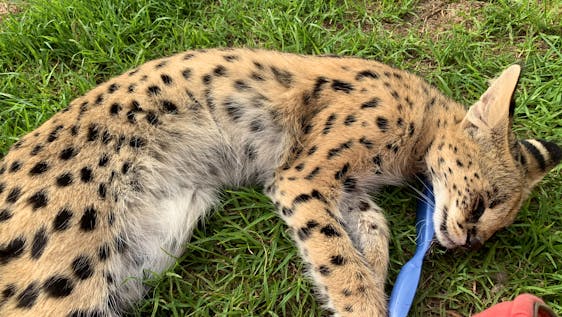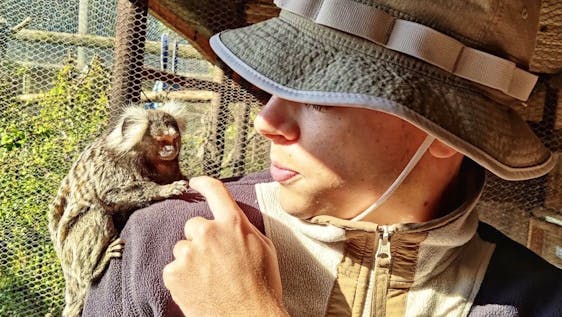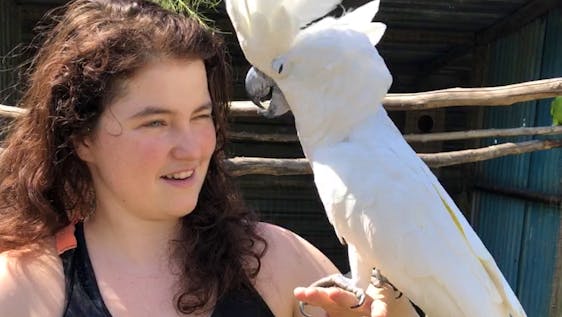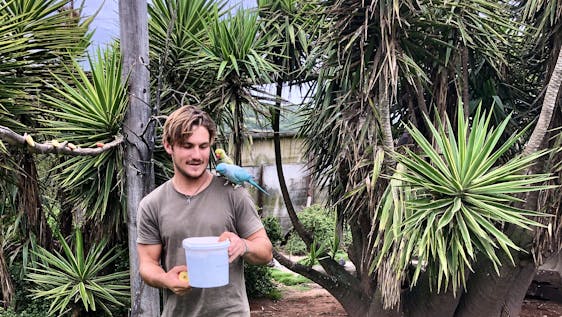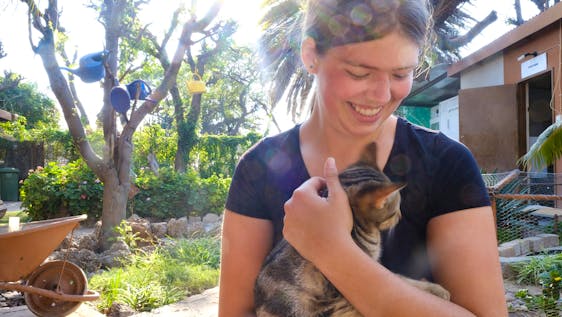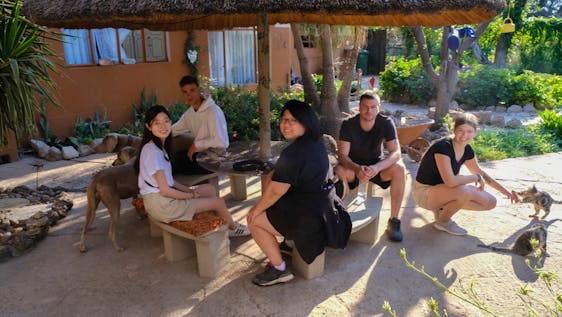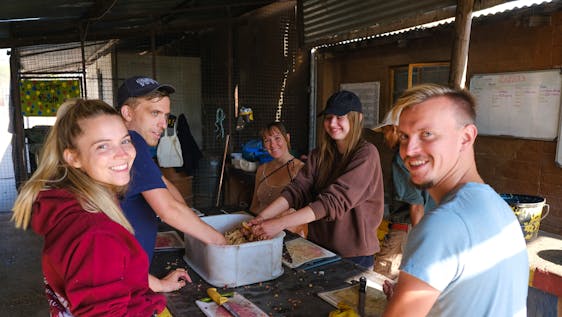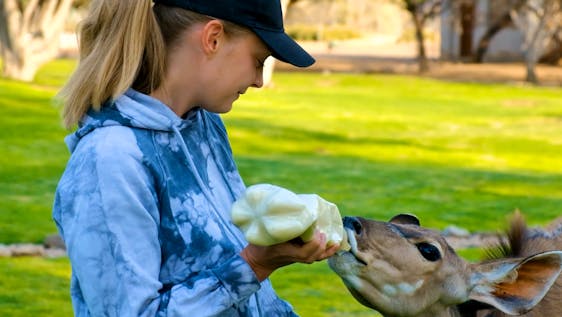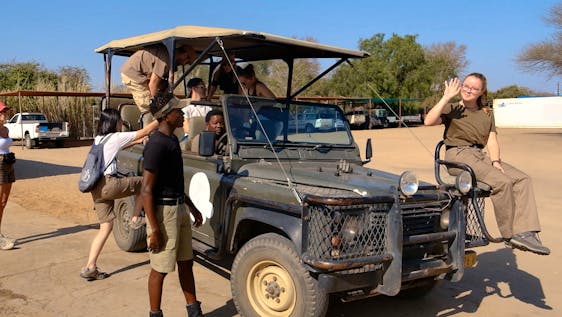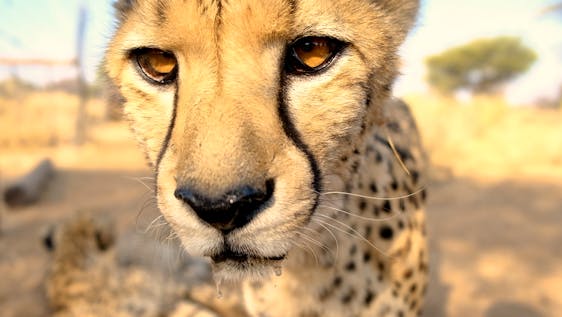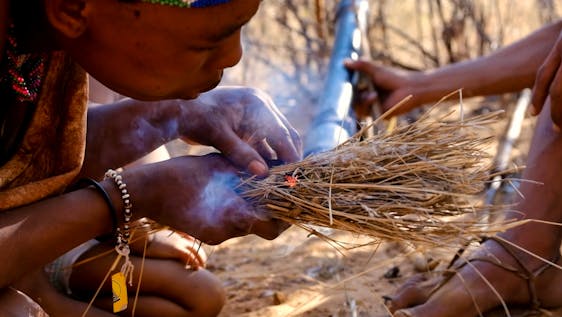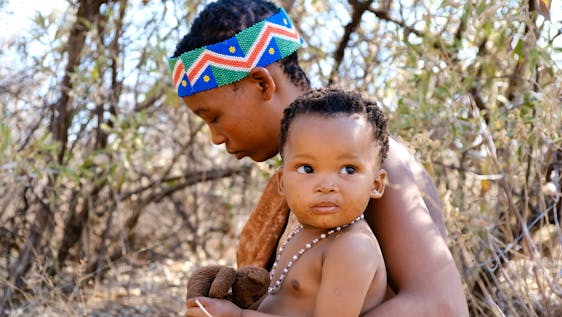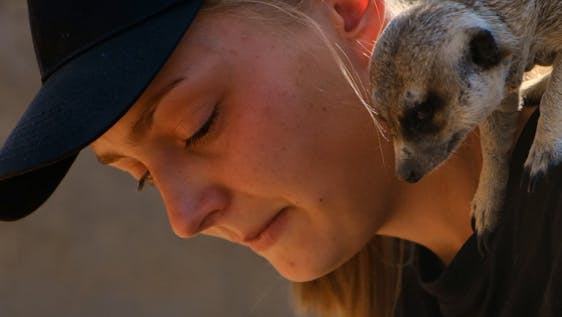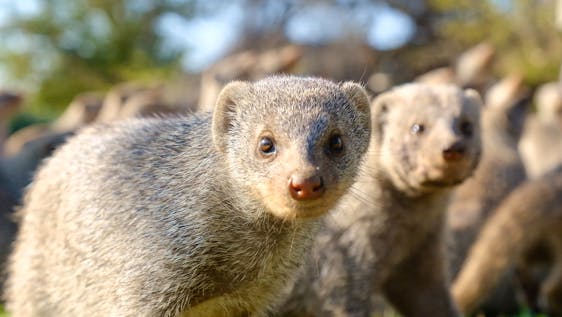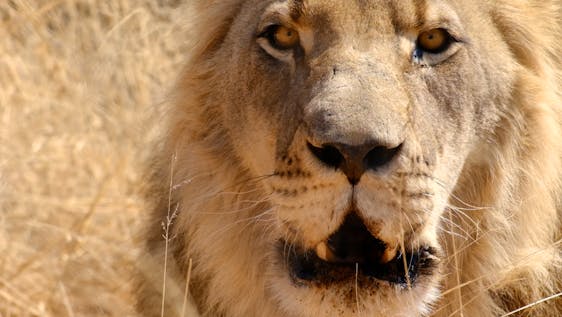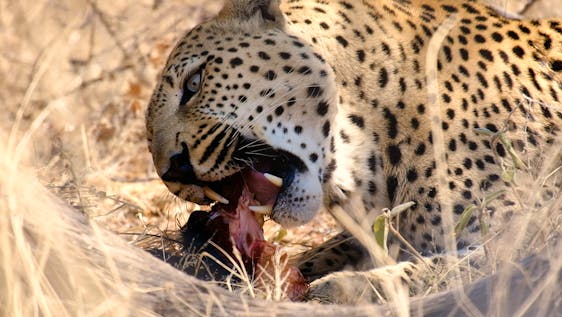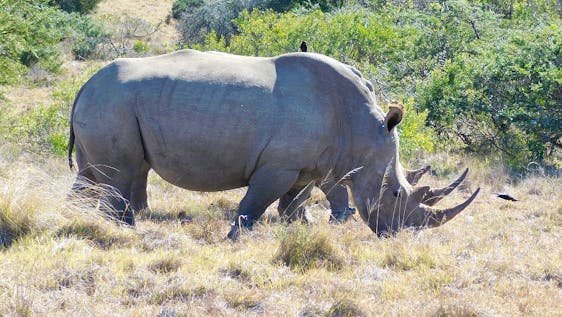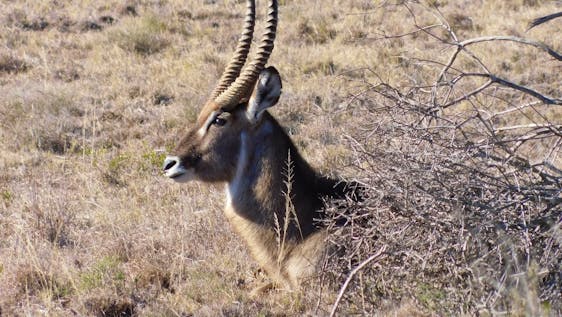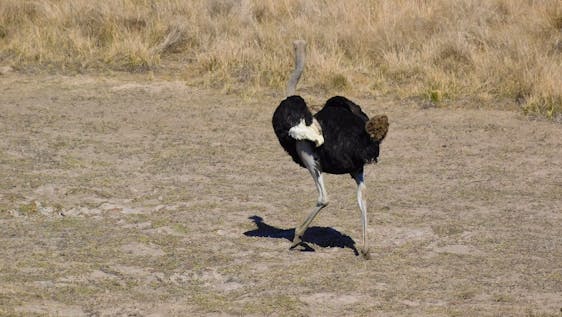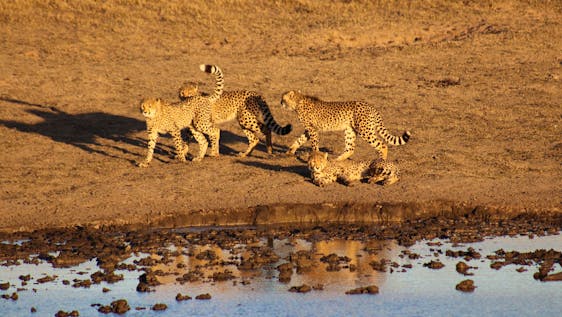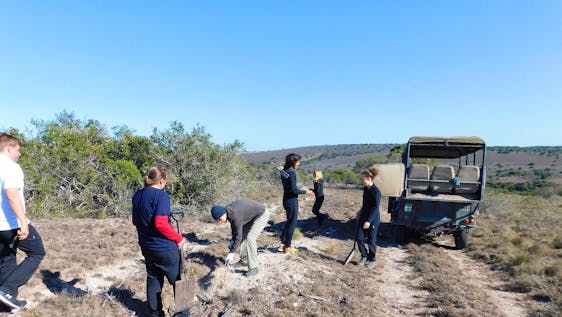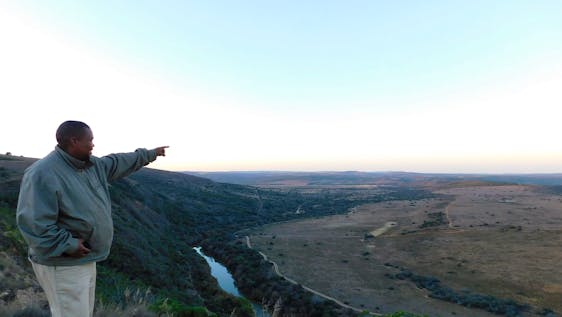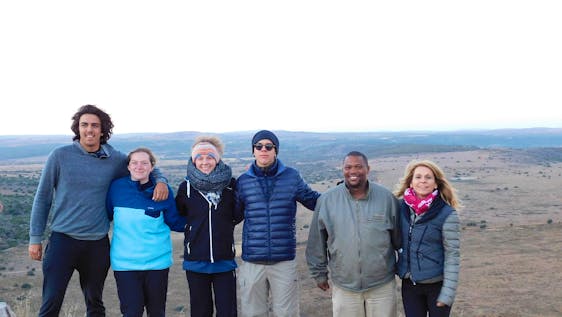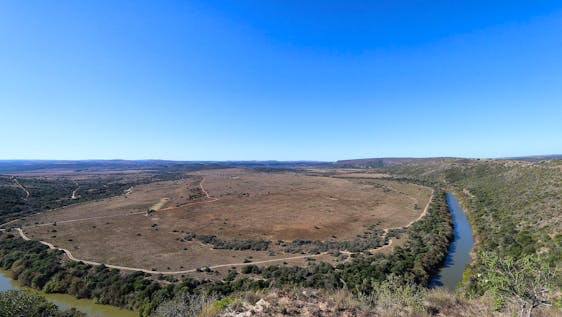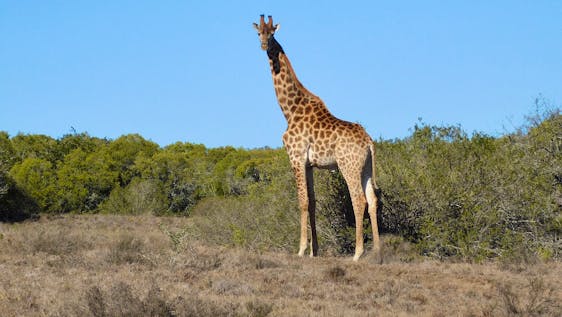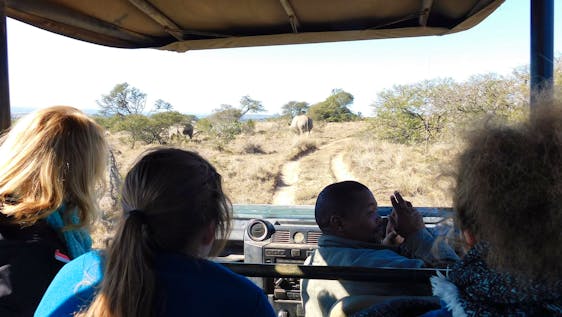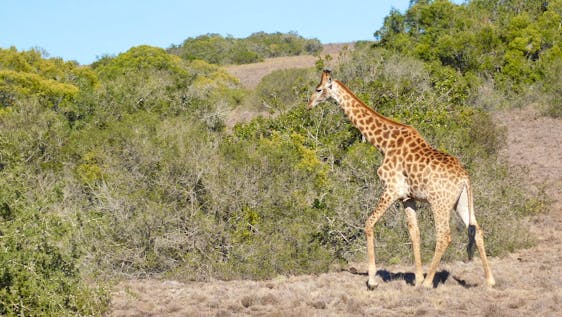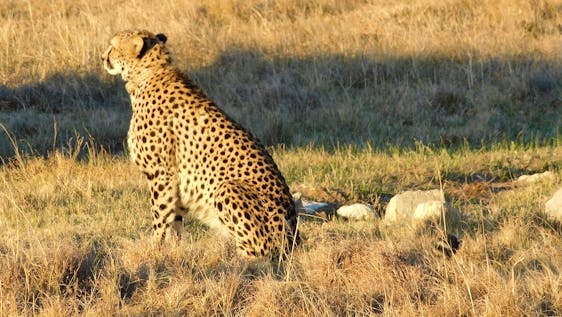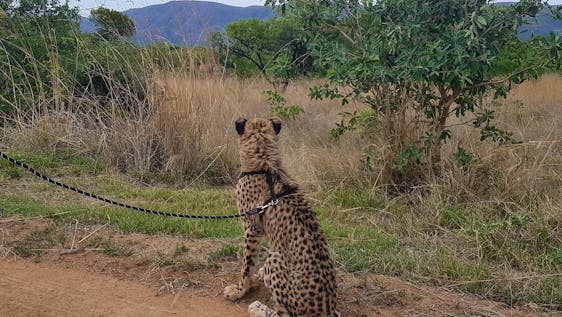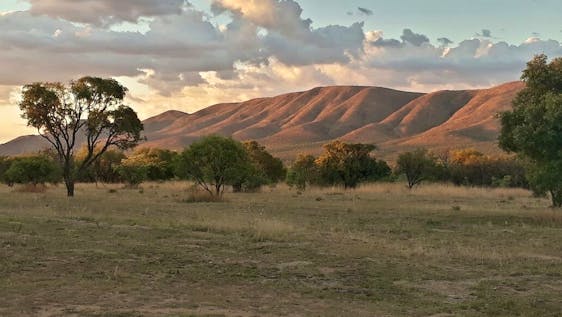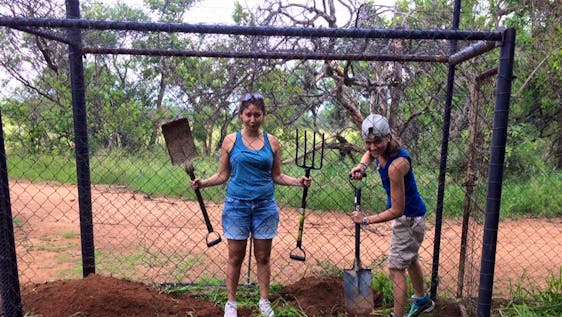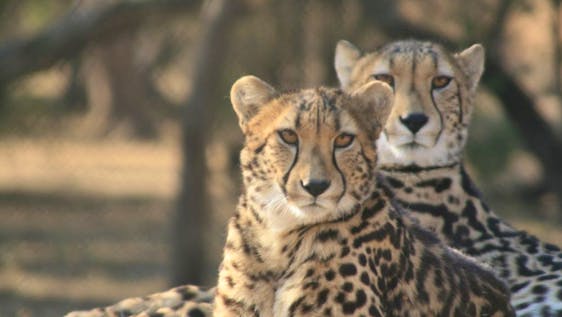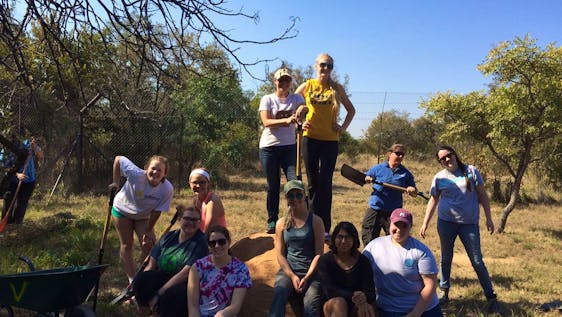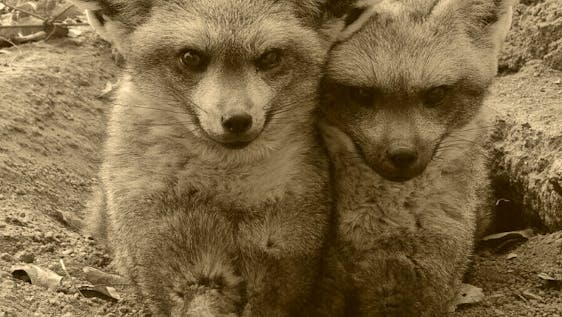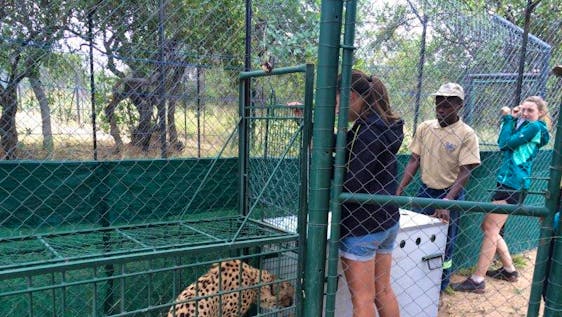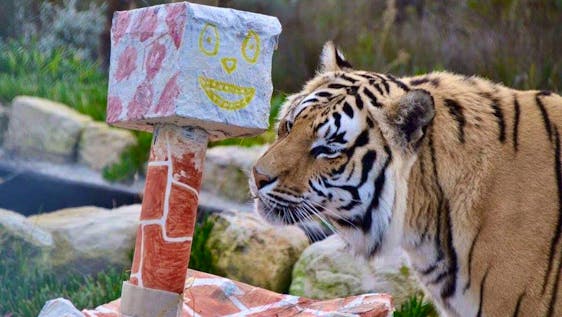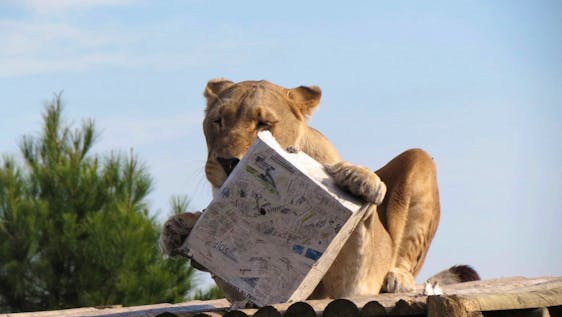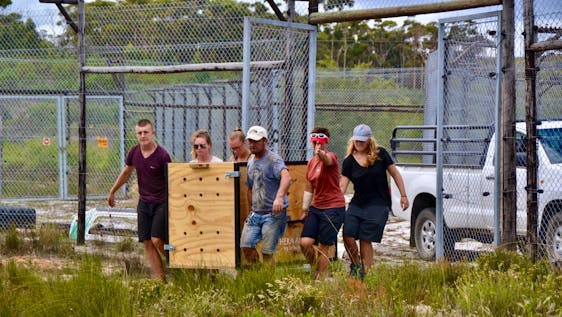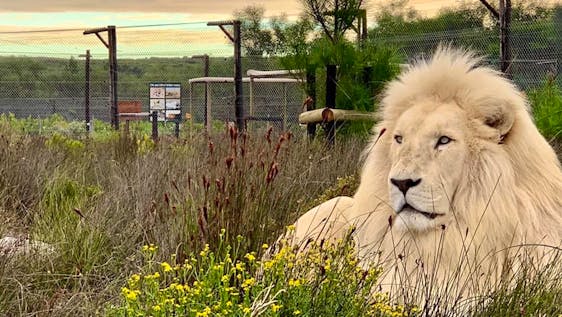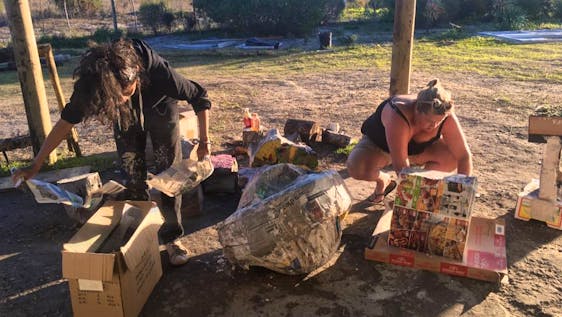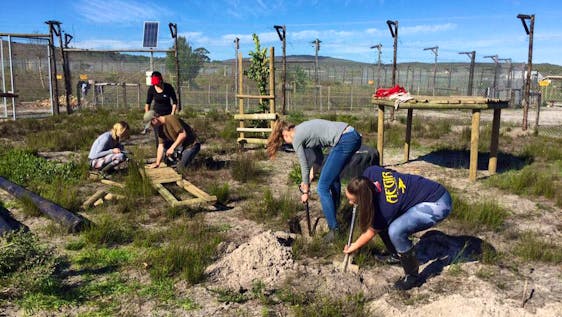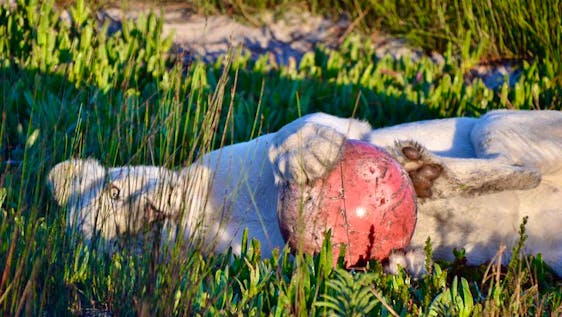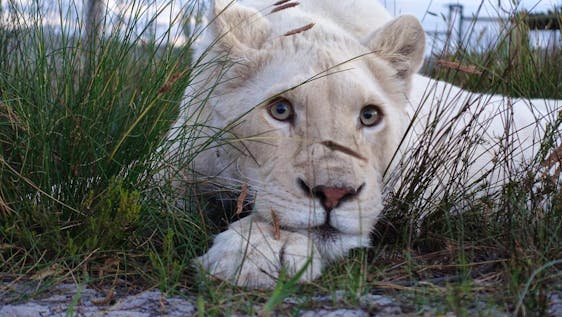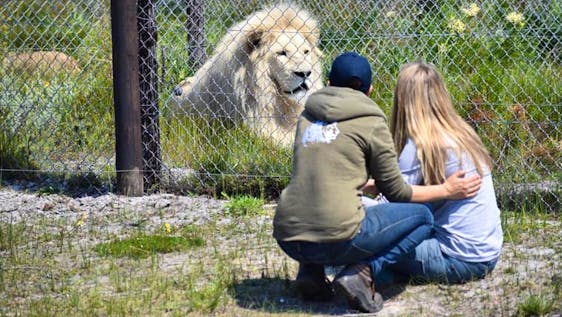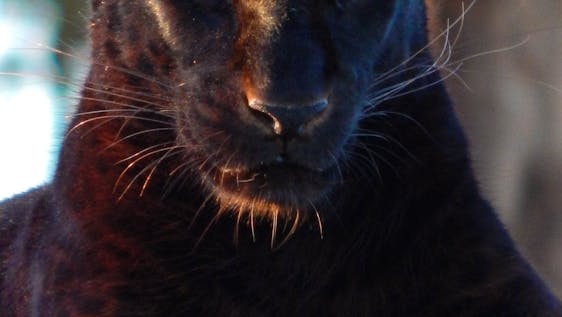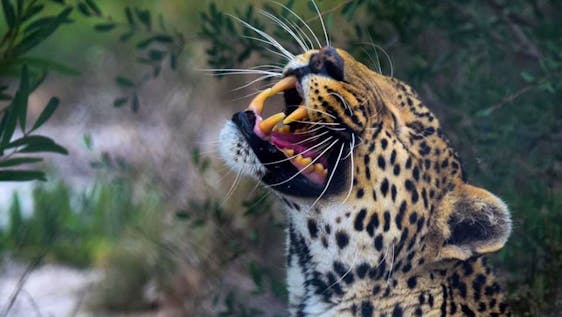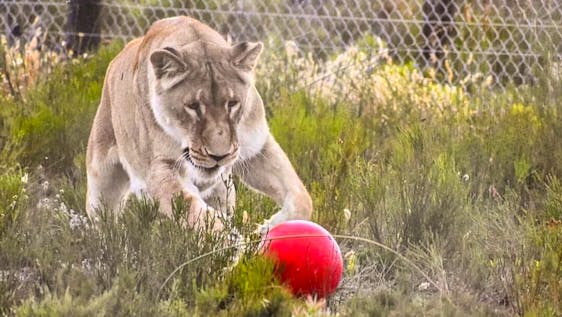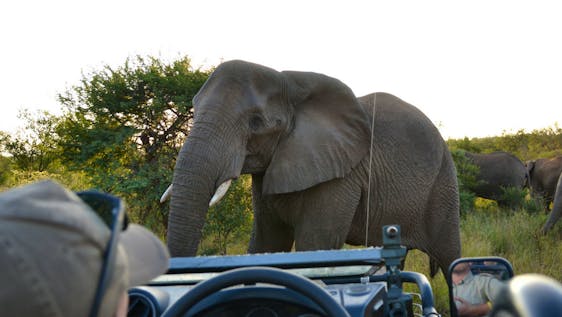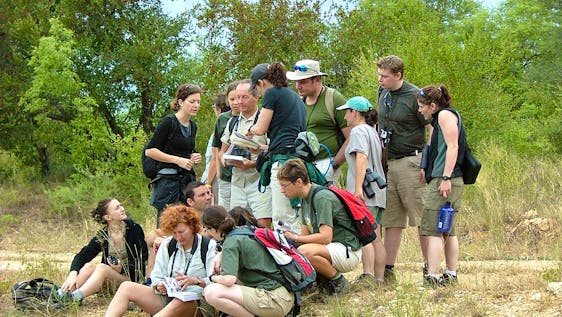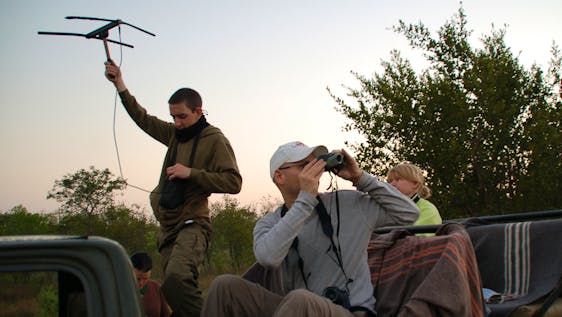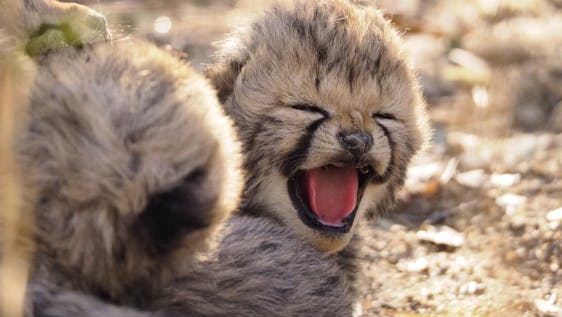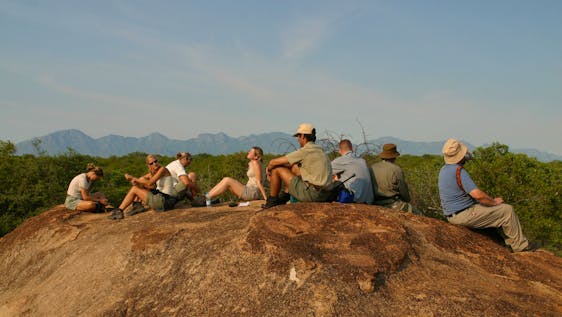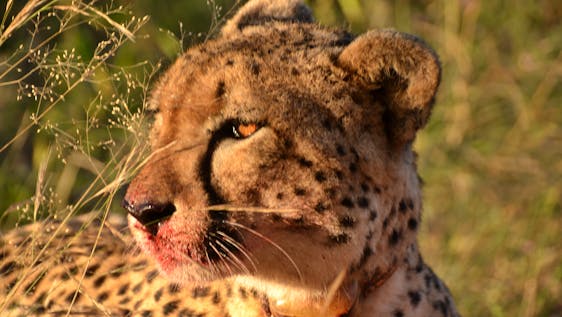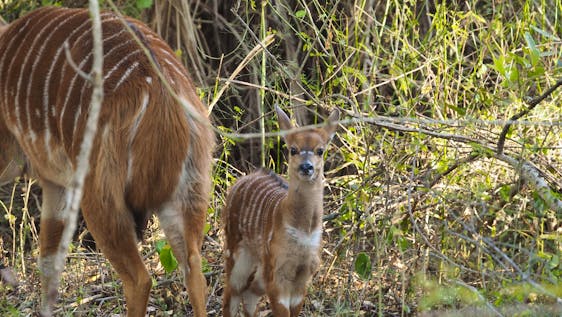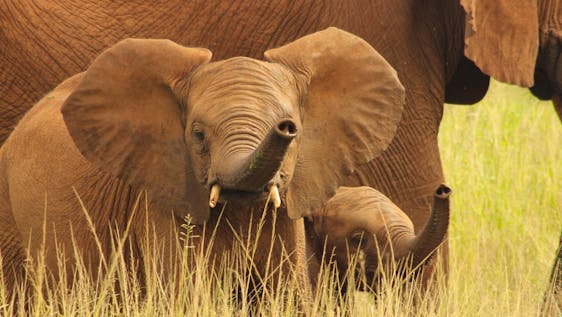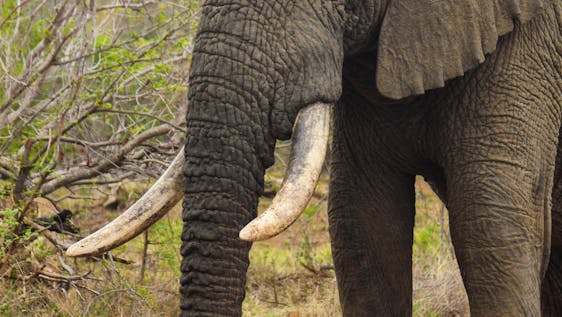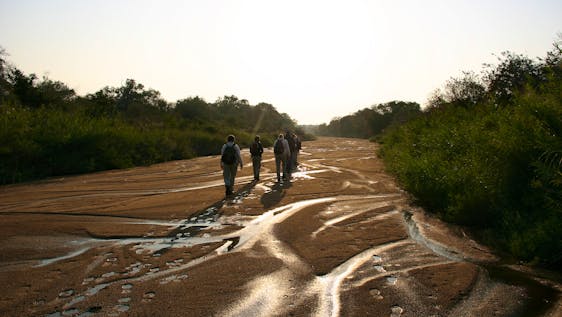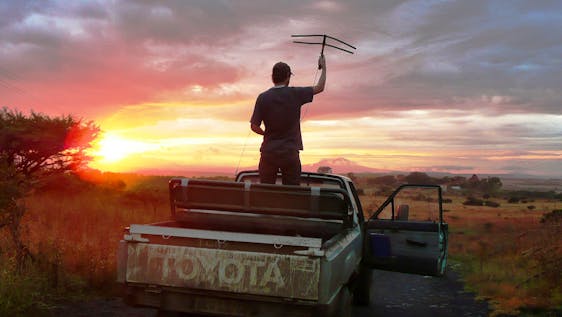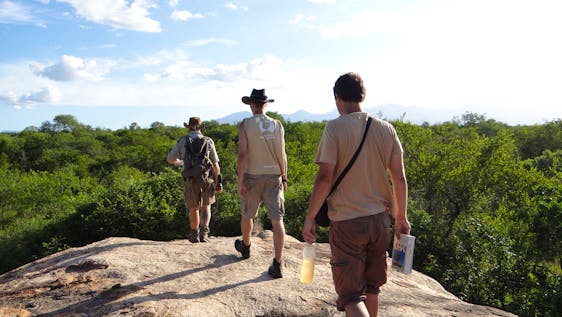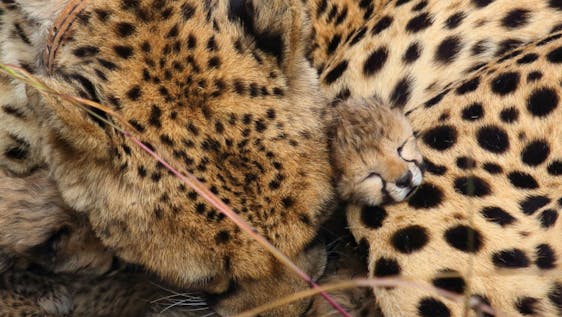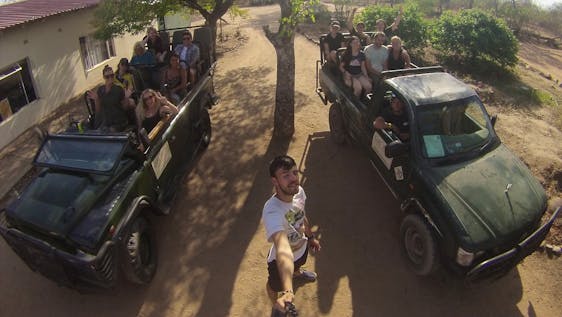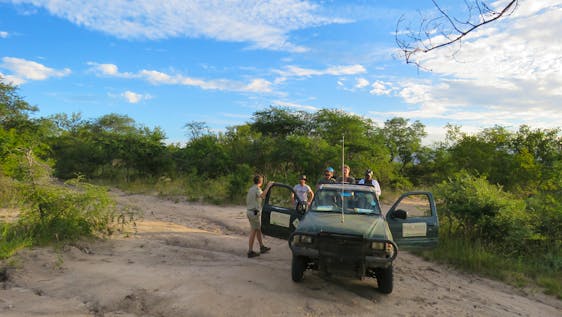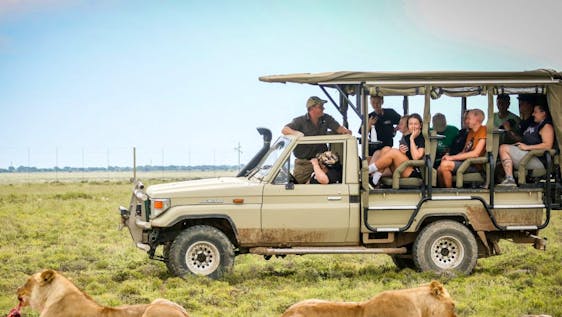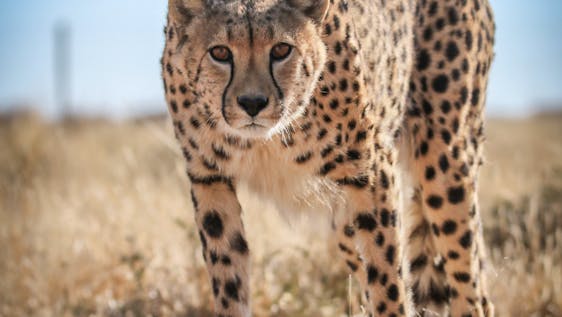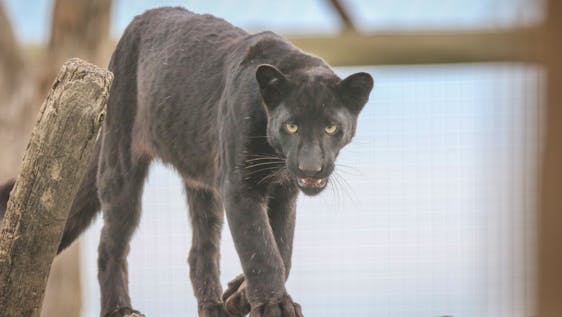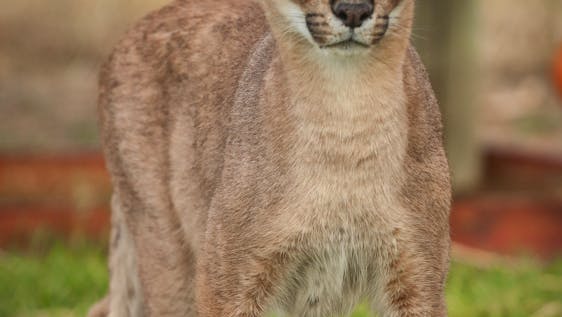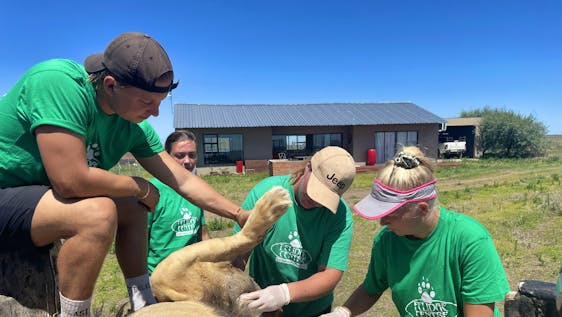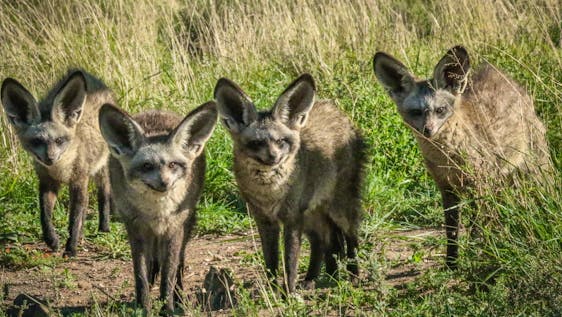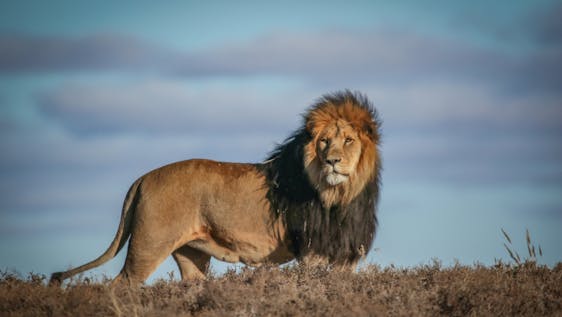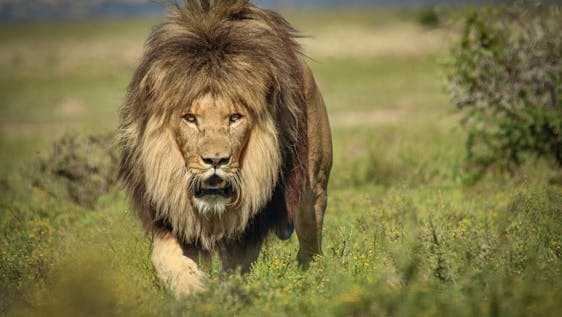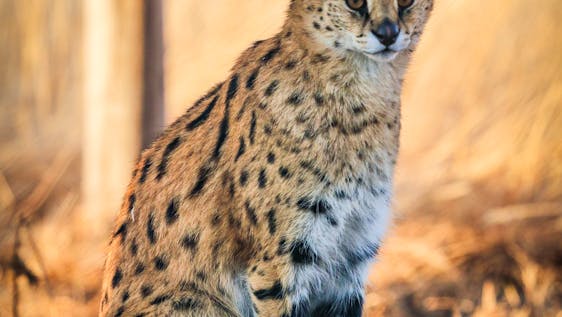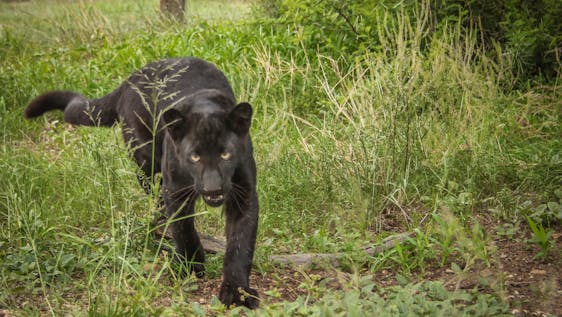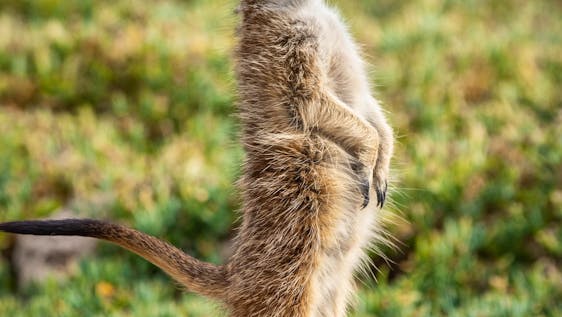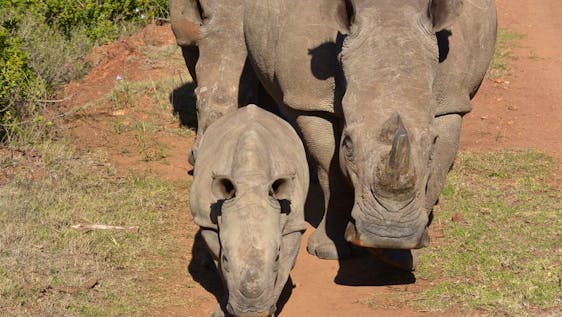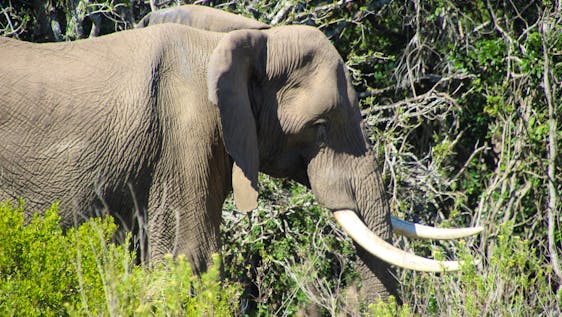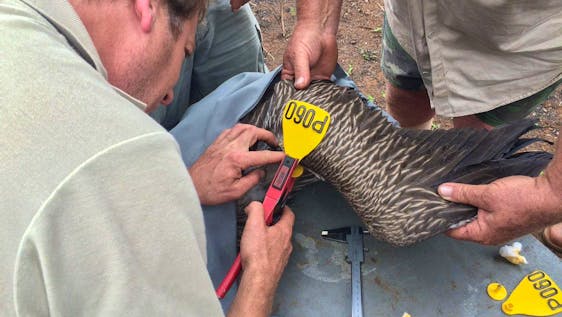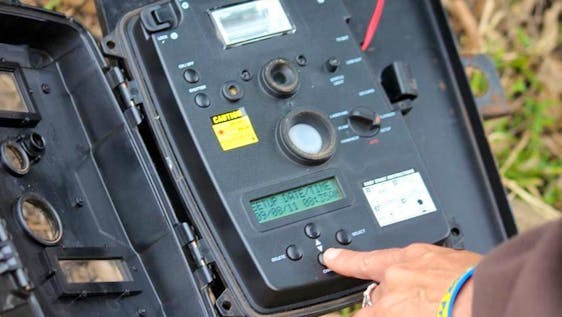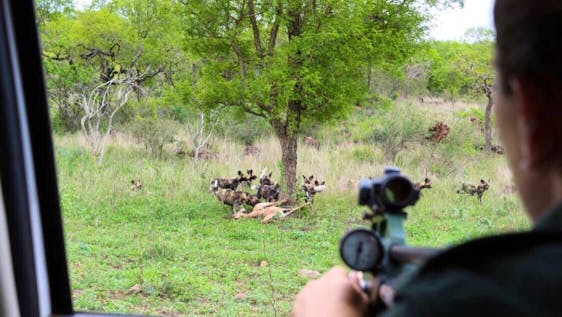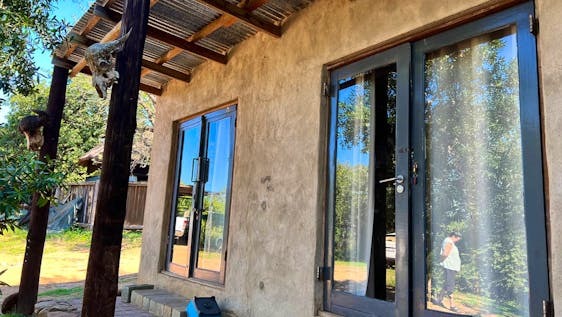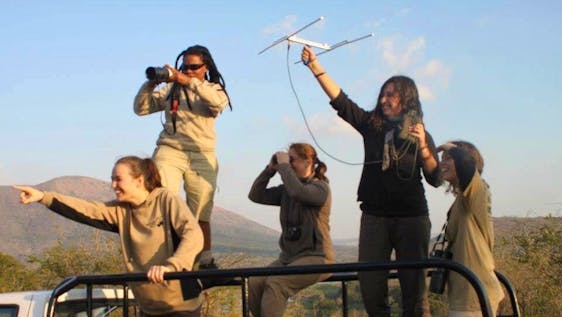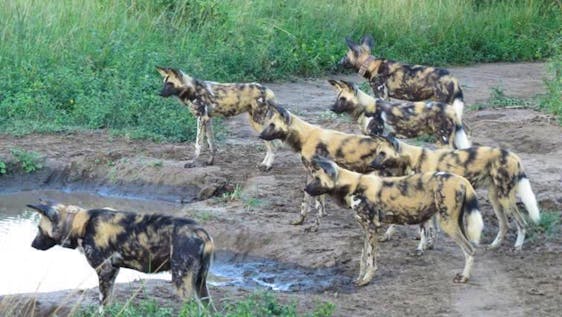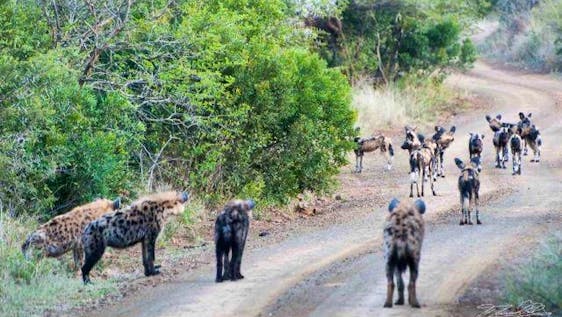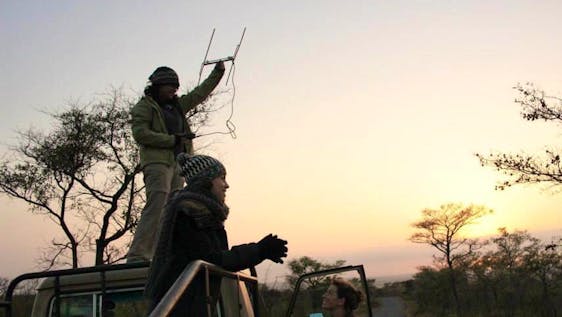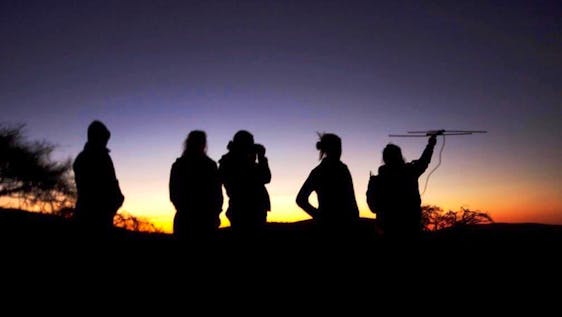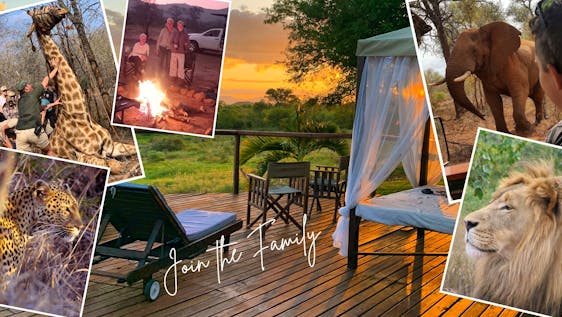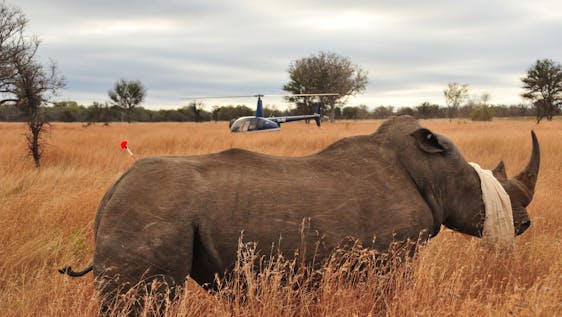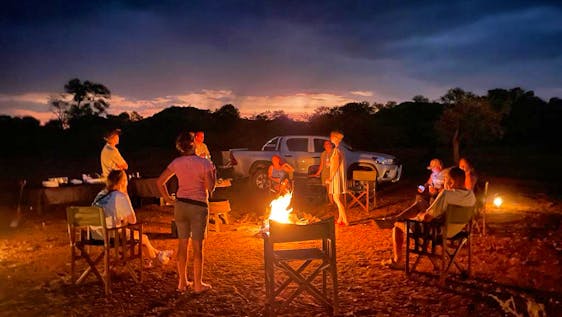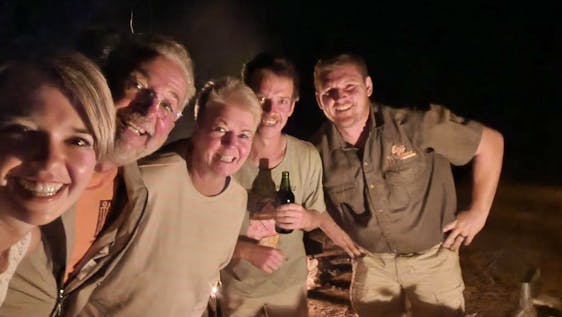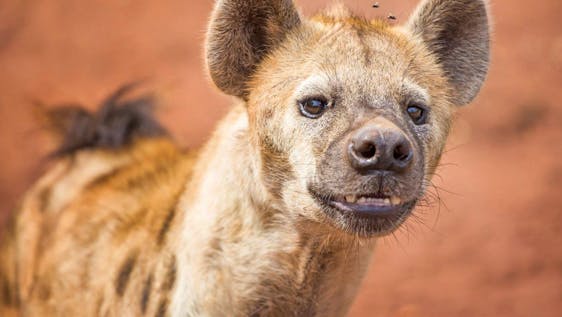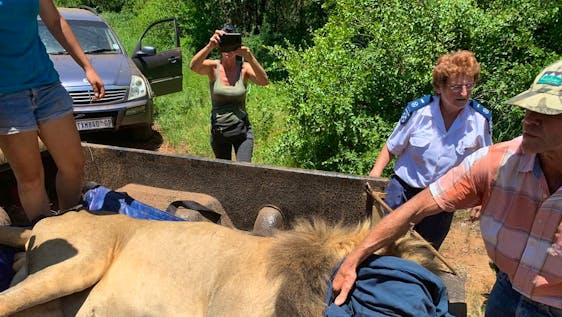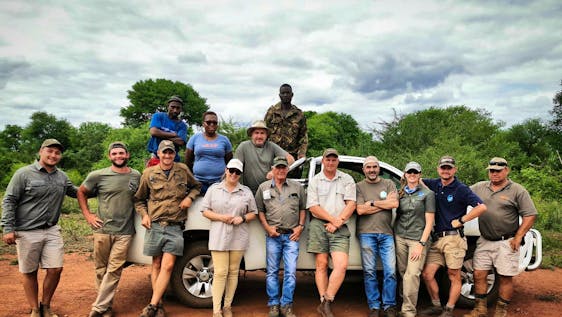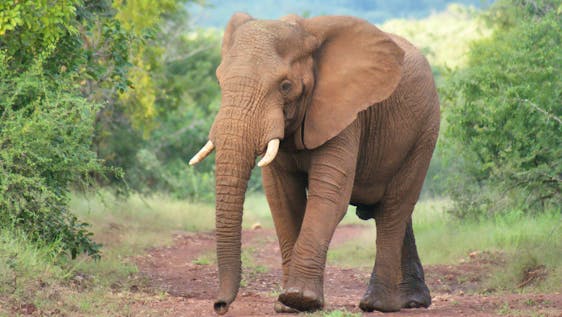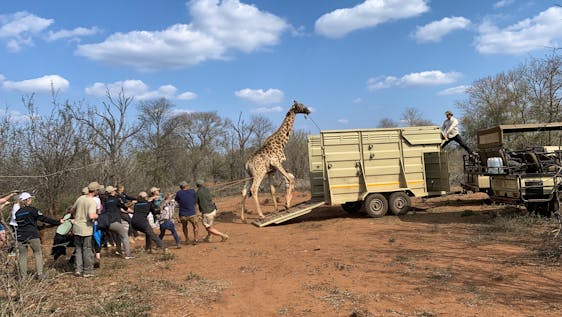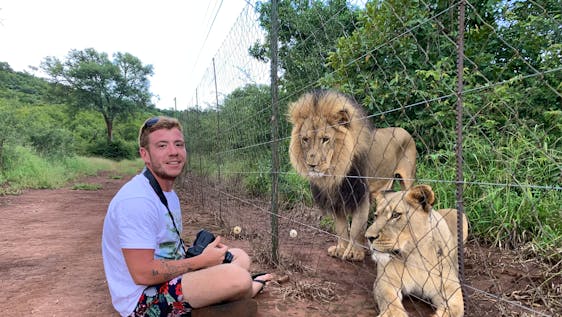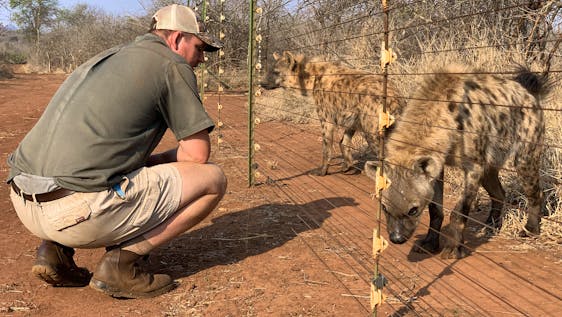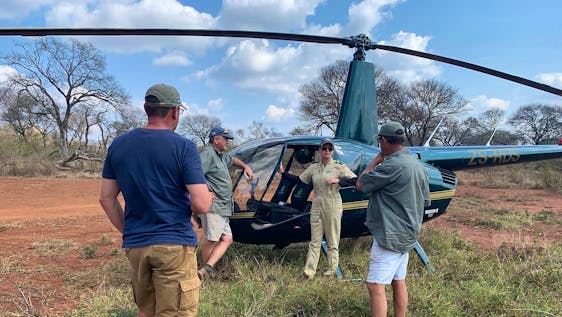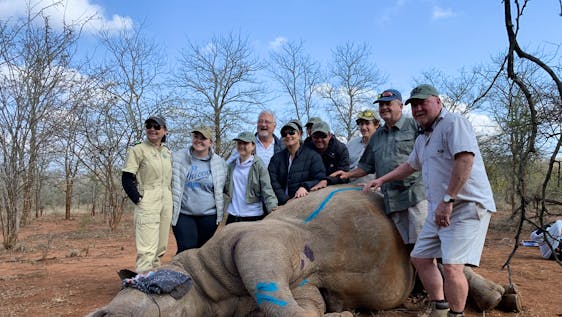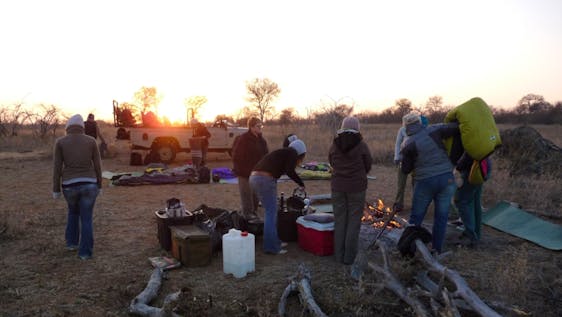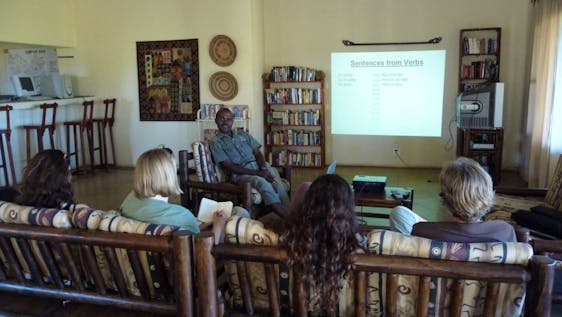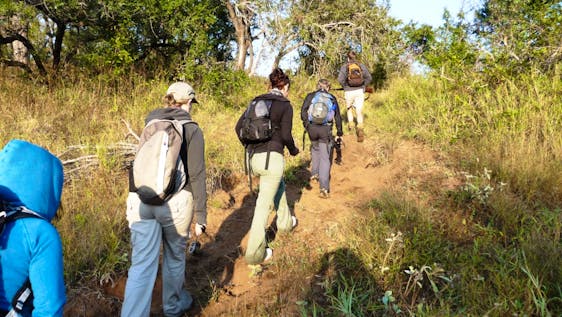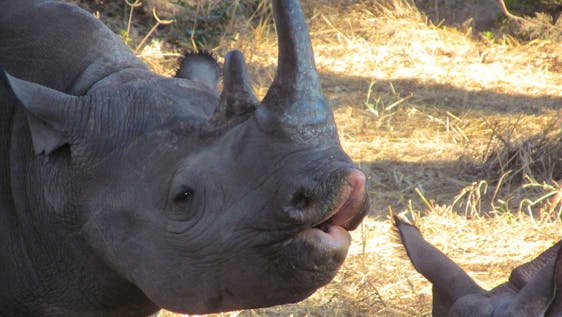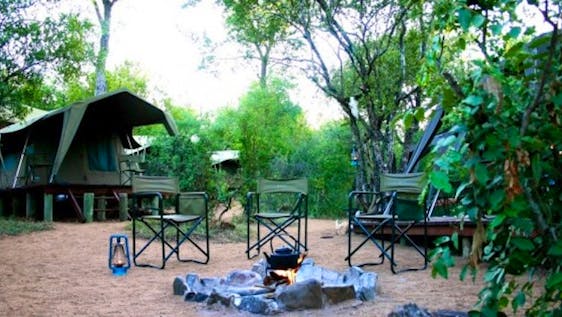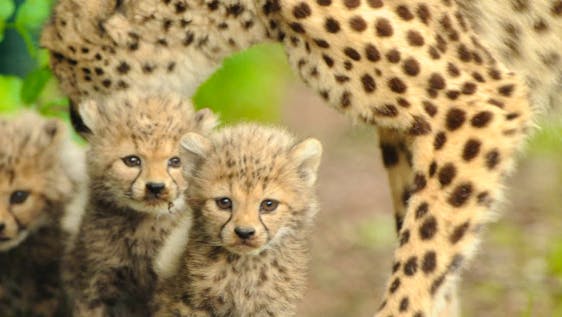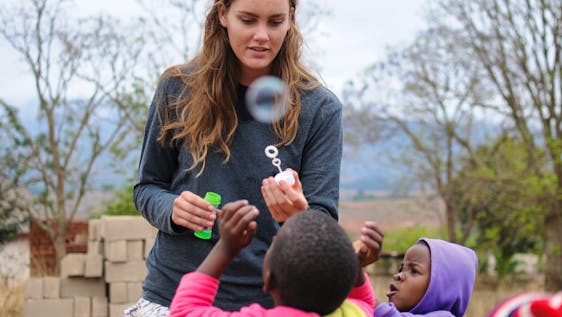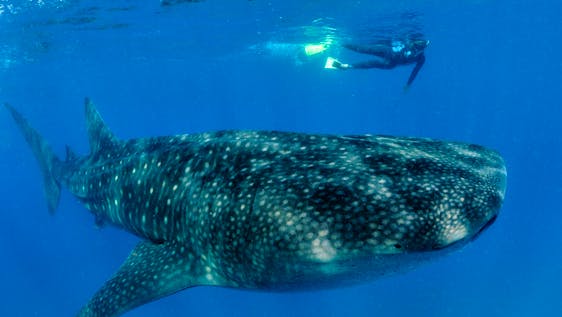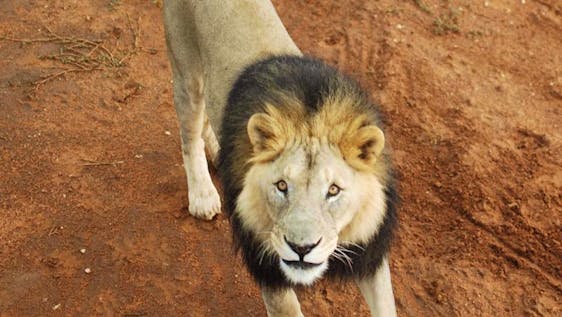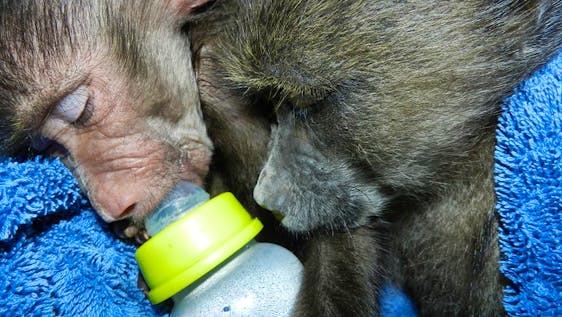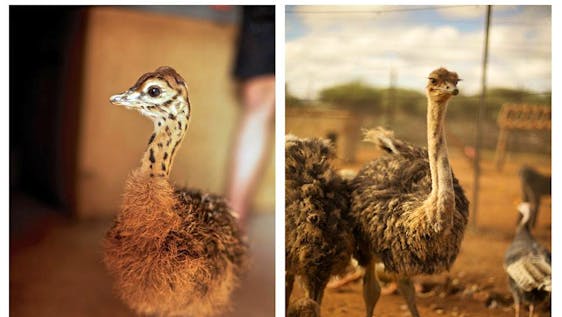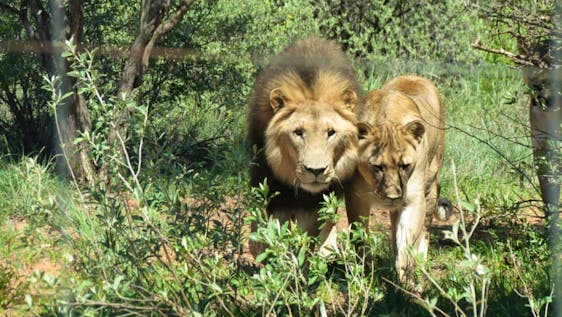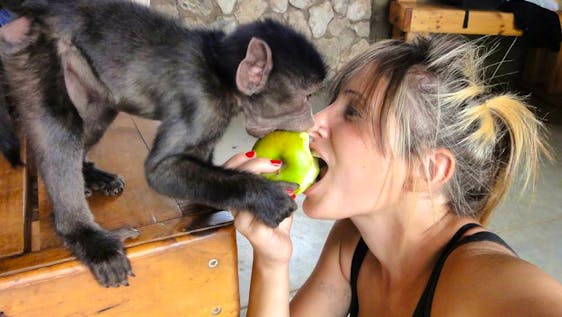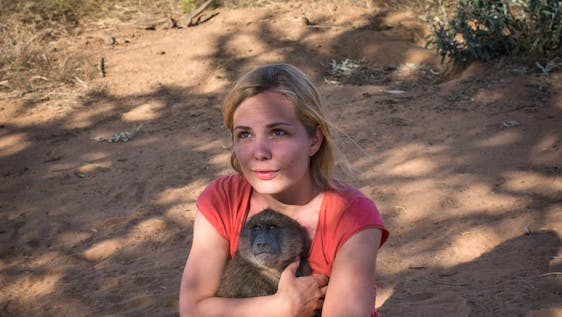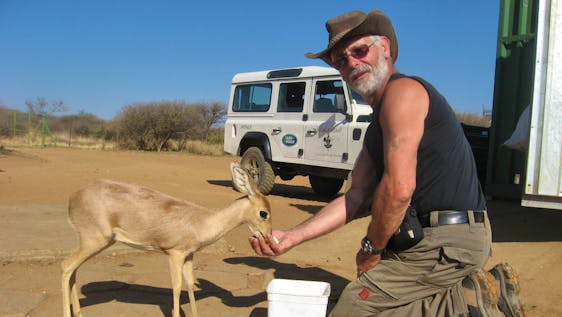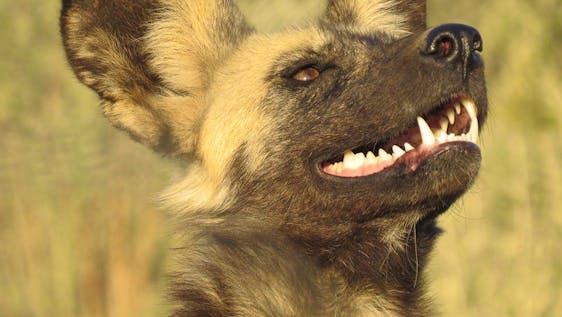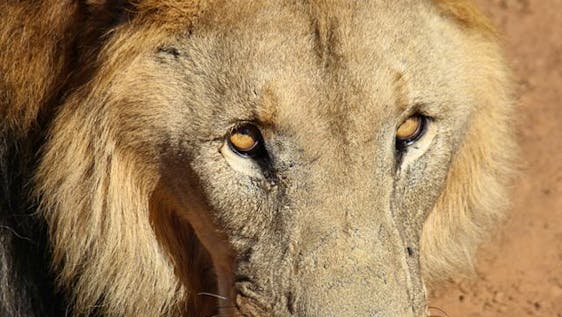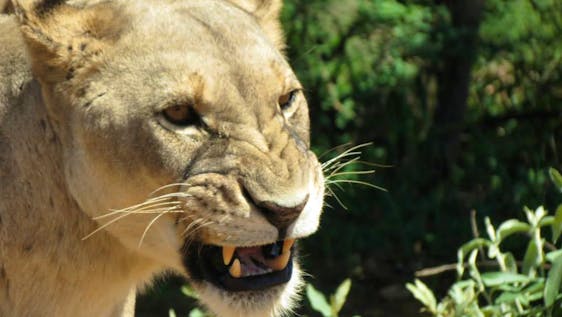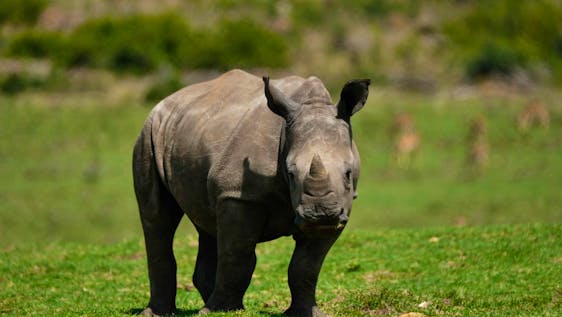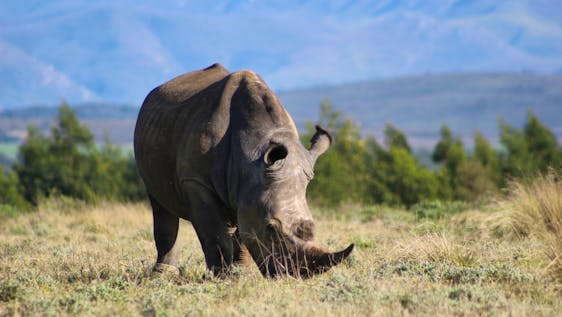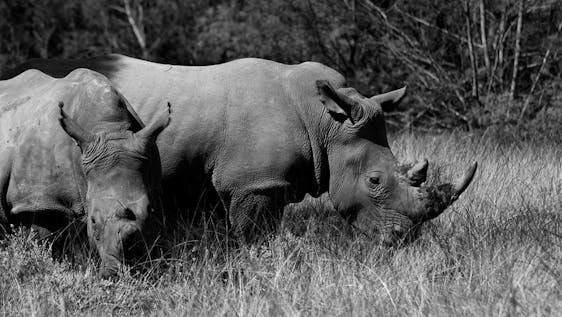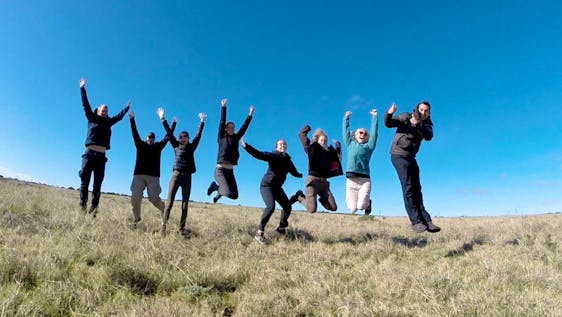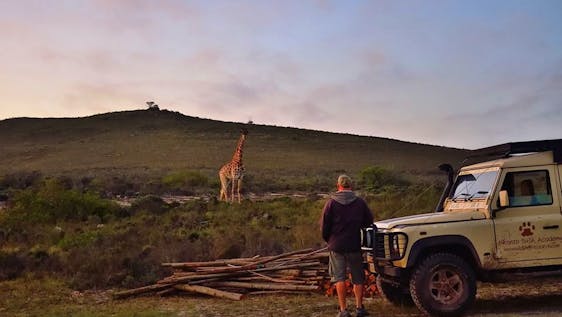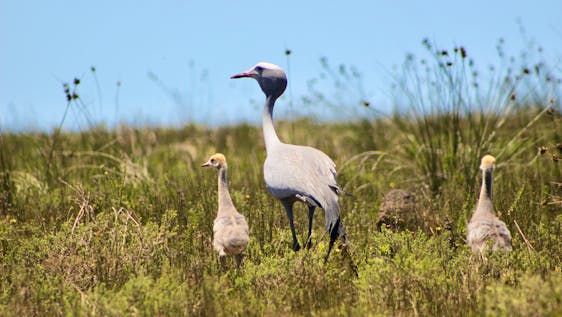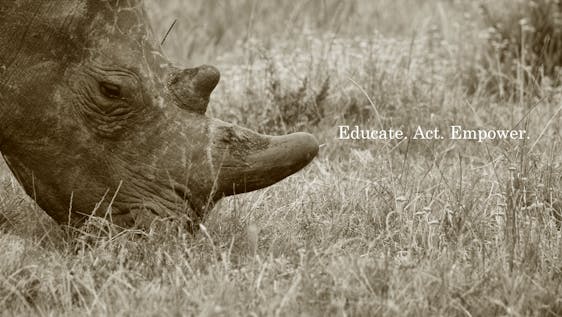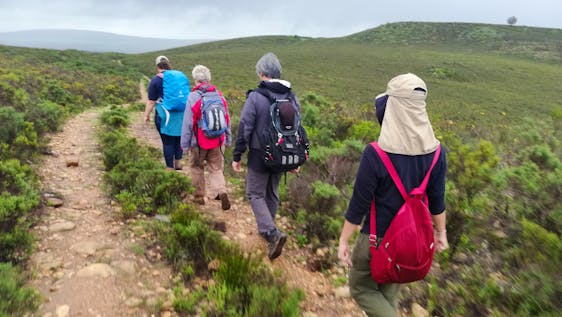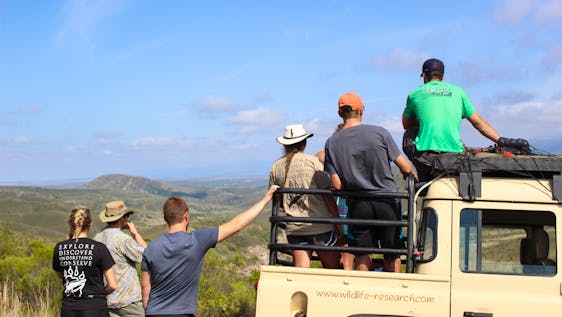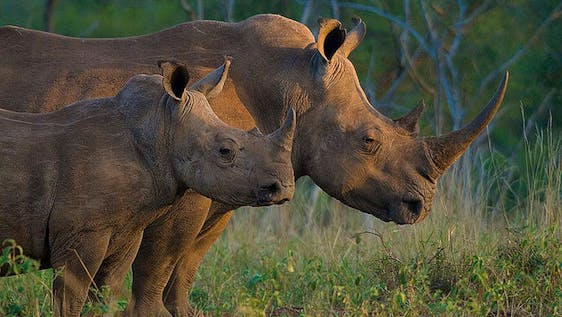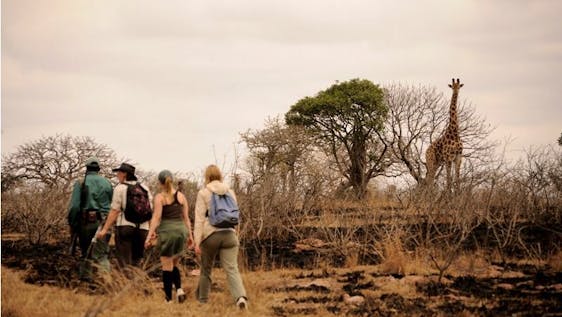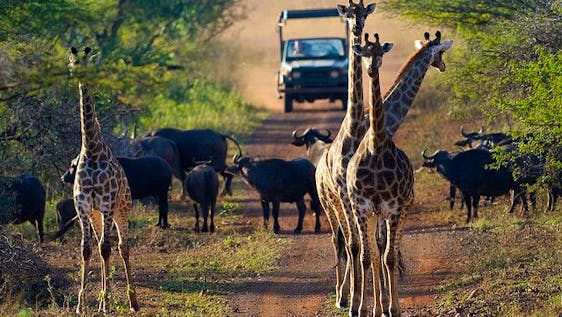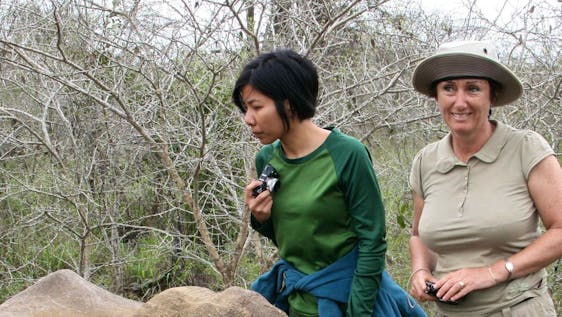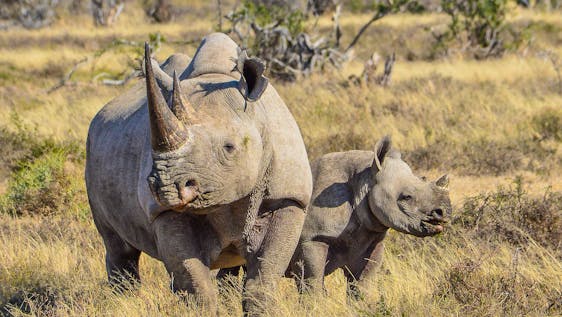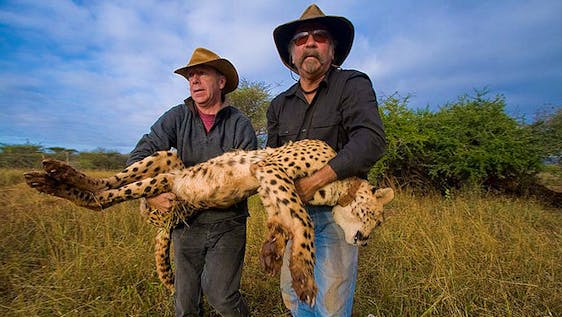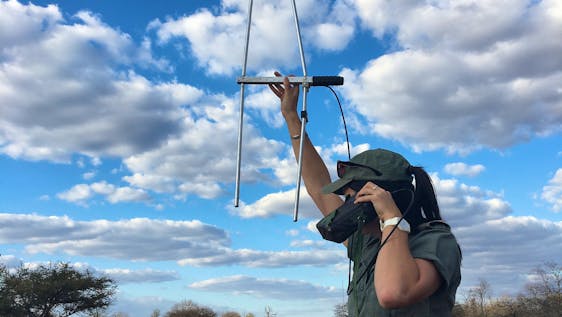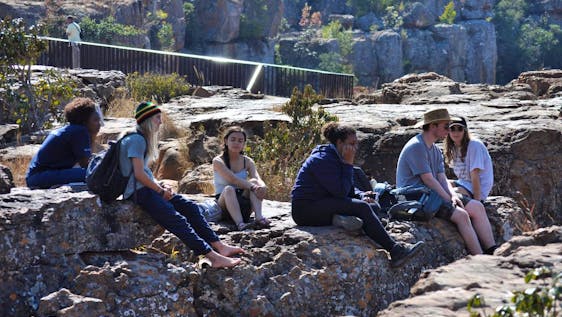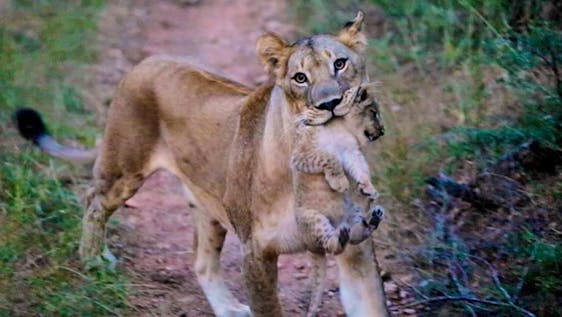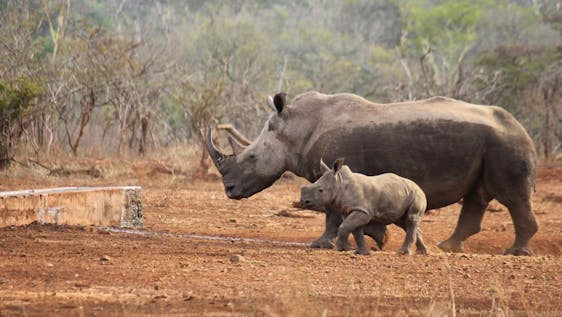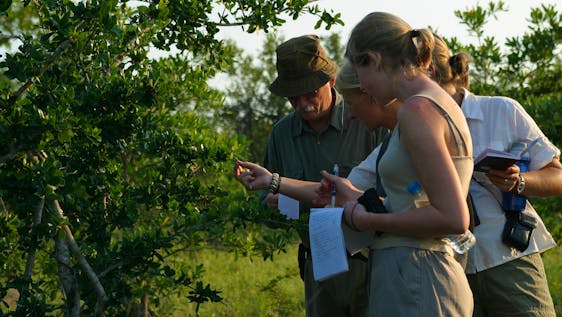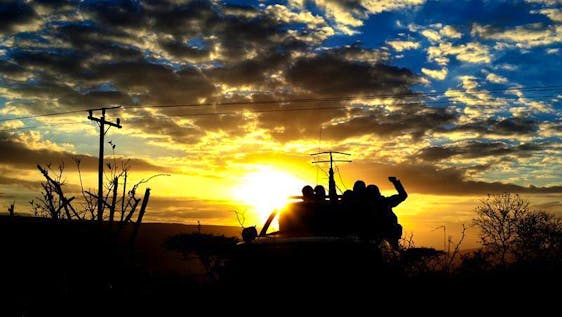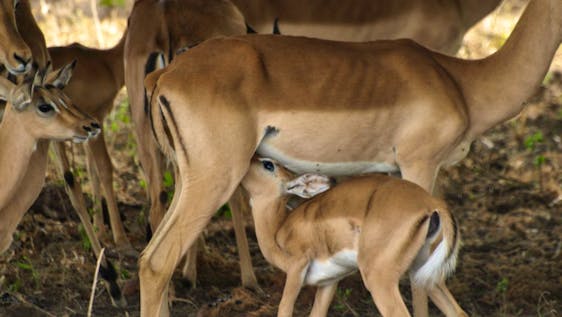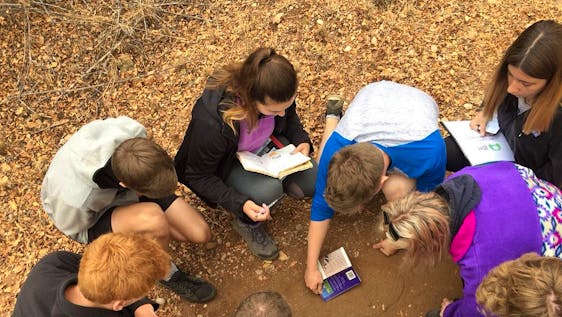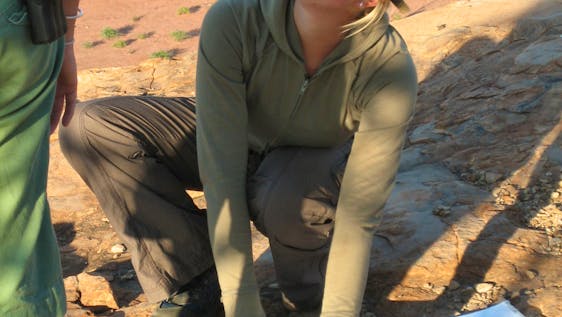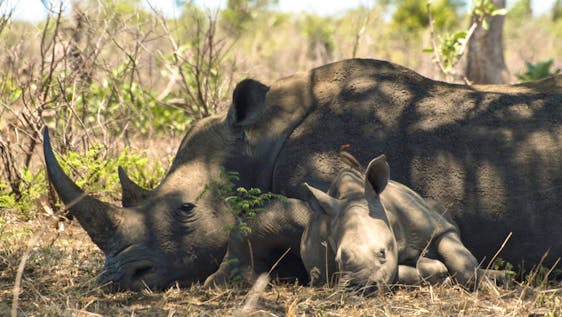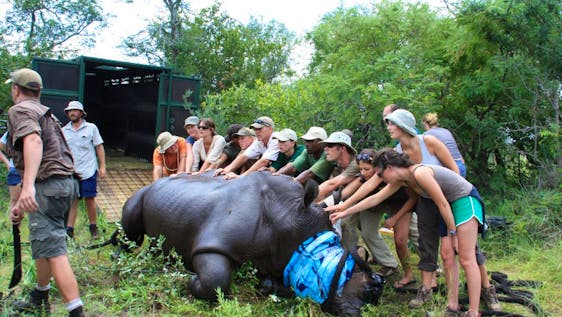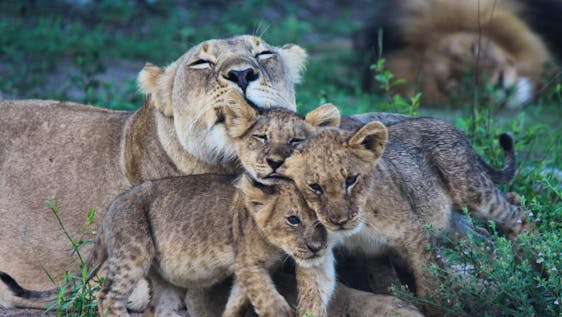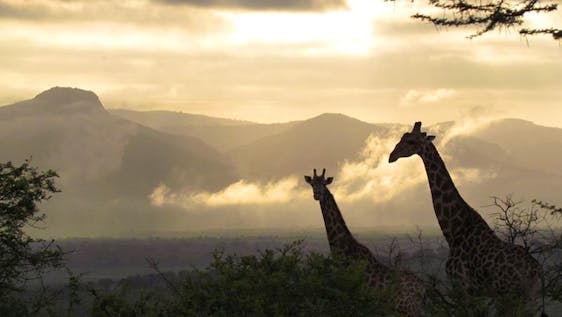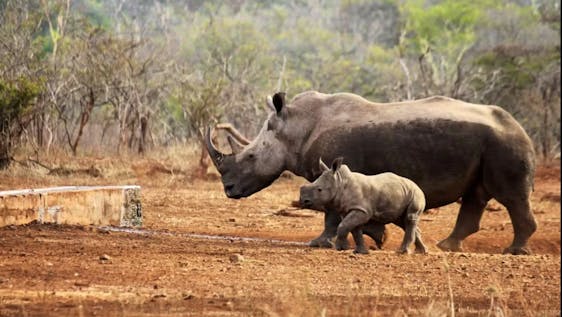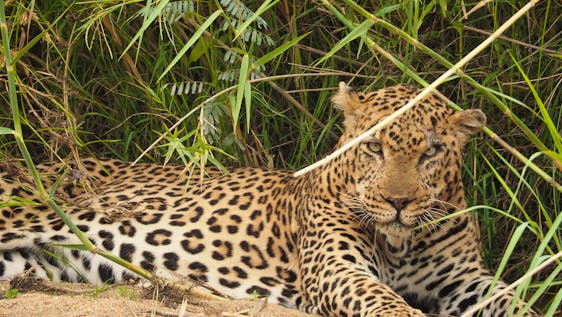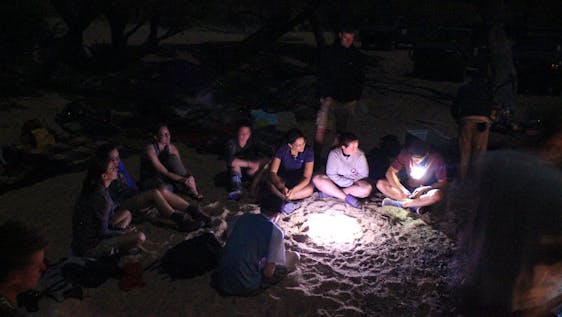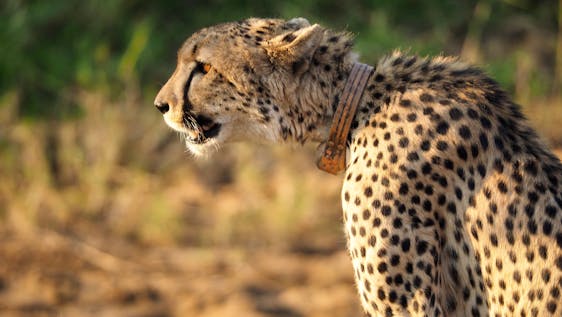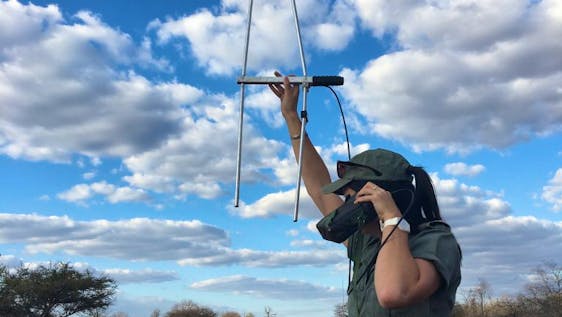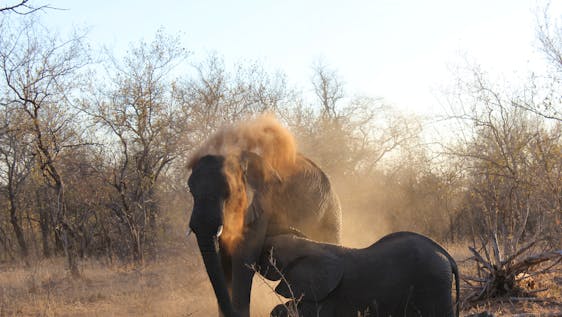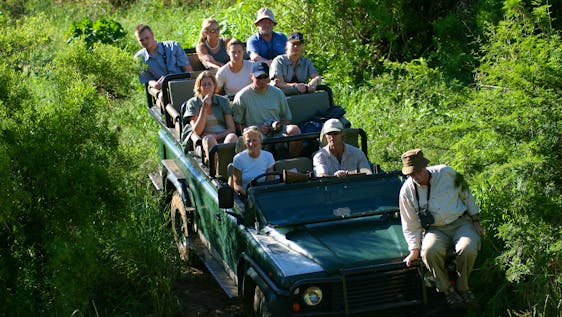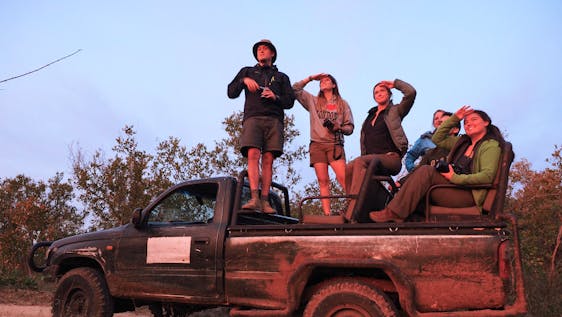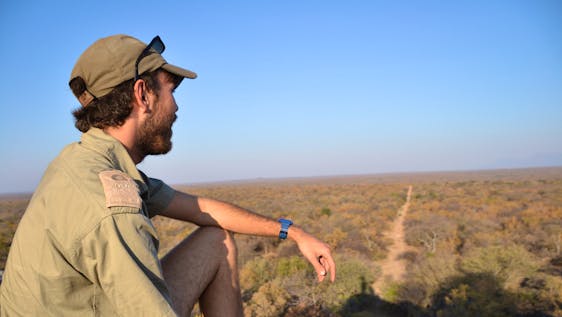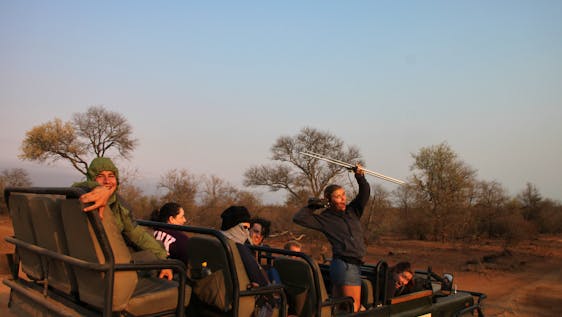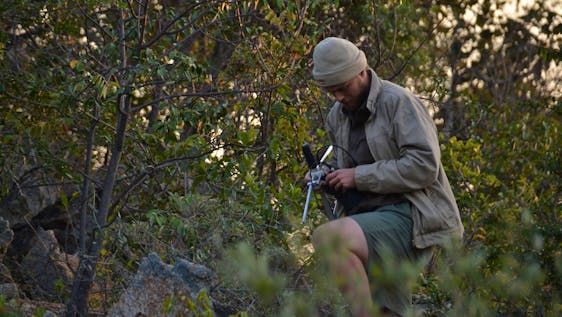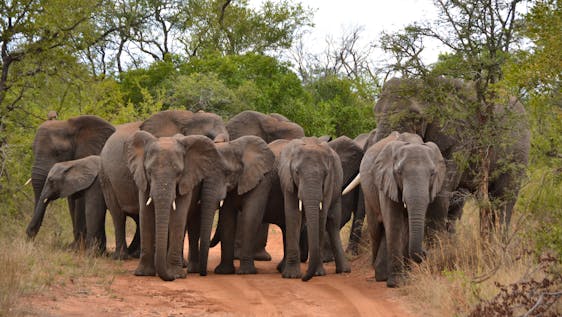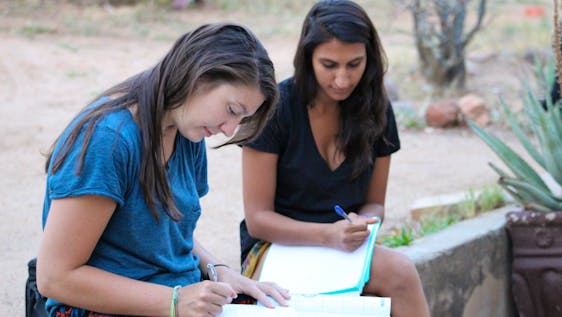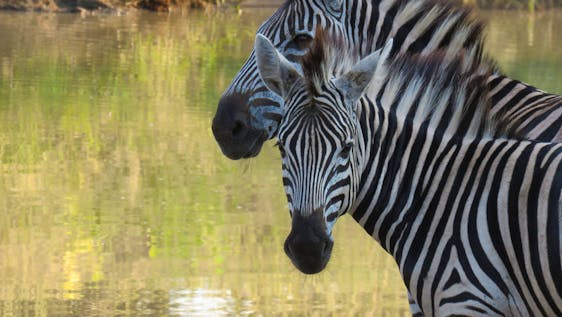Cheetah Conservation Volunteering
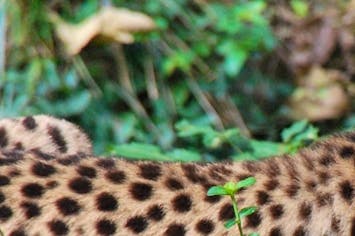
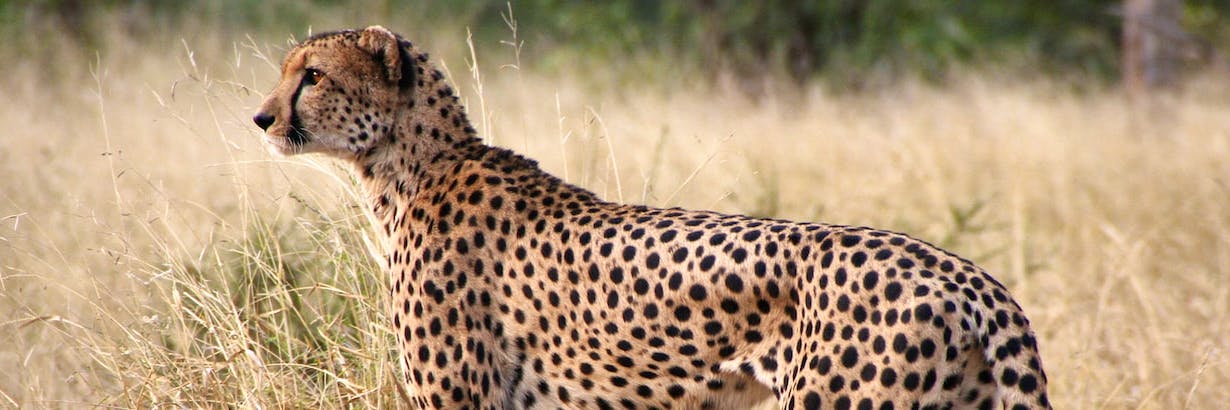
Volunteer at a Cheetah Sanctuary
A graceful appearance paired with lightning-quick speed. The cheetah holds the record for being the world’s fastest land mammal. Another very sad aspect, with a record-setting pace, is being noticed in reference to the cheetah too. Namely, possible extinction due to habitat loss, which is heavily impacting a lot of species - and the gracious feline is not excluded! If you would like to know how you can actively help to conserve cheetahs, the following article will offer you information about volunteering opportunities.
The cheetah is a quintessential part of the savannah lands. The big cat belongs to the well-known Big Cats, which are attracting millions of tourists year-round. Along with its bigger cousin, the lion as well as giraffes, elephants and rhinos, cheetahs are not only desired attractions for animal lovers. Just like the other animals, the feline faces his biggest threats due to human interventions.
🐆 Cheetah Conservation Status in 2025
According to the IUCN Red List of Endangered Species, the status of cheetah populations is considered vulnerable. Only within the last 18 years, the cheetah population got reduced by 30%, and trends are descending. The gracious carnivores once used to inhabit a range from South Africa all the way to India. In Asia, the only wild living cheetahs can be found in small secluded populations. Due to the rapidly increasing human population, human-wildlife interaction is accumulating and rising conflicts. The result is that animals suffer from loss of habitation and fragmentation and their natural living spaces that are diminishing day by day.
🐆 Why Are Cheetahs Endangered?
There are a number of different factors that contribute to the decrease in the cheetah population. Habitat loss may be the biggest factor but there are other aspects at play too:
Habitat Loss
Whereas females usually live solitary lives, males often form a coalition, consisting of two or three males. Usually, these coalitions are formed of brothers that separated from their mother and control a territory of 15 to 30 square miles (40-80 square kilometers). With such low numbers spread over large areas, habitat preservation is far more crucial for cheetahs compared to other carnivores.
Conflict with Game Farmers
Unlike bigger predators, like lions, hyenas or leopards, cheetahs rarely attack livestock which does not make them a big target of livestock farmers. Nonetheless, since they prefer wild game they are oftentimes at conflict with game farmers. Regarding this conflict, the survival of cheetahs is based on the fact that, even though they are targeted, cheetahs are hard to kill. As they rarely scavenge they are not as likely to be poisoned.
Other Predators and Mortality Rate
Although cheetahs are the second biggest felines in Africa, only after lions, they are not apex predators. This means, that they have natural enemies within the food chain. Their height might be bigger, opposed to the likes of other carnivorous predators but they are surely inferior, due to their small frame and light build. This genetic predisposition is their biggest weakness but also their biggest strength alike. Their small frame and aerodynamic shape make it possible for them to reach insane speed when chasing their prey.
Cheetahs do not only have to be quick during the chase but also in the consumption of their food. The reason for this is that they do not stand a lot of chances against Leopards, Hyenas, and not even to mention Lions. Cheetahs are not as courageous as other big cats and will not go toe to toe with any bigger predator but will simply flee the scene and leave the prey.
This is also one of the reasons why Cheetah cub mortality is as high as 80 percent. This is far above the average of other mammals. Although their reproductivity is somewhat higher than the one of other big cats, inhabiting the same living space, they stand worse chances of survival. Therefore mothers move their cub's nests every few days, to not attract other predators with their smell.
🐆 What Cheetah Species are There?
There are five distinctive and recognized subspecies of the cheetah, although there might be no significant differences regarding their appearance.
South African Cheetah
The largest and most significant population of cheetahs is the South African Cheetah. The maximum estimation for the subspecies is roughly around 7.000, spread over five southern African countries.
Asiatic Cheetah
On the flip side there is the Asiatic cheetah, sometimes also called Indian or Iranian cheetah, which is listed as critically endangered. Even though cheetahs are home to Africa, biologists assume that the species emerged in America and migrated to Africa through Asia. Cheetahs were once found in large numbers in almost all Asian countries, ranging from India, Iran and the rest of the Arabian Peninsula, but today there are less than 100 Asiatic cheetahs left in the world.
Northwest African Cheetahs
The Northwest African subspecies are on the verge of extinction with only a few animals alive.
To give you an overview, these are the scientifically recognized cheetah subspecies:
- Sudan Cheetah
- Tanzanian Cheetah
- Northwest African Cheetah
- Asiatic Cheetah
- South African Cheetah
How to Physically Distinguish a Cheetah
In fact, for most people it is hard enough to distinguish between different cat species like cheetahs, leopards, jaguars or pumas. There are however some physical traits that make it easier. One of the main trademarks that all cheetah species have is the black stripes that run down from their eyes to the corners of their mouths.
Scientists argue that these stripes could have possibly evolved in order to absorb sunlight and improve the vision. Cheetahs, unlike most other big cats, are diurnal, meaning they hunt during daylight. Their excellent vision is crucial for their survival because it allows them to spot prey as well as enemies from afar.
Usually, people mistake cheetahs and different other big cats due to the pattern of their fur. Although similar the dark spots are also easily distinguishable from the other big cats. Whereas leopards and jaguars have rosettes, the cheetah has solid round black spots. Furthermore, you can recognize them based on their lanky slim body type and small head size.
🐆 Best Places to Volunteer with Cheetahs
You probably already know where your cheetah conservation work will take you. You guessed right - it is going to be Africa! As aforementioned, it is the only continent where the cheetah can be found to roam around freely. Although there are some less than 100 of these gracious big cats roaming around in Iran, they are basically invisible.
Cheetahs being solitary and living very secluded lives, you won’t find more than 2 on a 1,000 square feet. Since all other subspecies have such a small population count, Southern Africa is the only part left, where the carnivorous predators can be observed and a healthy reproduction and the survival of the species are very likely. If you decide to volunteer with cheetahs, you will be able to choose between four different countries:
- Botswana
- Namibia
- Zimbabwe
- South Africa
🤔 How Can I Help Save Cheetahs?
There are many different ways how you can help one of the world’s largest big cats. Depending on the destination you decide to volunteer at, your daily activities will vary greatly but there will definitely be something for every animal lover out there. No matter if your skills lie in hands-on activities, veterinary work, or if you are rather a gifted marketing person. You will be able to apply your strengths and further develop other valuable qualities. All while having the privilege to experience magnificent wildlife and beautiful sceneries up close and personal.
📋 What Will I Do As a Cheetah Conservation Volunteer?
Your tasks will depend on the specific program that you decide to join. Even if you select a very specific program focus, your work will not only consist of the same daily activities. The projects are very reliant on volunteers and priorities may shift on last notice. So be prepared for everything!
Cheetah Sanctuaries
Volunteering is about helping the most underprivileged and therefore the ones that are most in need. So let’s start off with the most vulnerable ones, namely wildlife sanctuaries, and centers for injured animals. While veterinary work will obviously require the necessary skills and knowledge, most orphanages do not demand volunteers to have previous knowledge. While it is obvious that children are not suited to work with dangerous wildlife it has to be stated that minors, in general, are not allowed to work with cheetahs and other dangerous animal species.
Volunteers who graduated or are currently studying veterinary medicine are always needed and very welcome. In most cases, students will be able to even serve their college placement at the different agencies or NGO’s. Based on your level of experience and knowledge, your daily tasks can include:
- maintenance and first aid to injured animals
- cleaning
- feeding
- hand-rearing baby orphans
- providing enrichment to the animals living at the rescue centers
- veterinary students may also assist during surgeries
Other tasks that will await you on a daily basis can involve:
- assisting with all aspects of veterinary care including minor trauma
- vaccinations and conducting full health checks on all new arrivals
- rehabilitating rescued animals and settling them into new groups
- helping with a release (depends on the scheduled time of the release and your attendance of the voluntary work)
- helping with construction and the maintenance (there is always something that needs to be fixed - handy volunteers are very useful)
- educating locals on why animal conservation is important (as aforementioned, many locals still view cheetahs as menacing intruders)
Research and Conservation Programs
Another field of work that is very common at wildlife conservation projects is research. Voluntary work with a research focus will call for quantitative and qualitative data collection. Before being able to conduct proper research, you will be introduced to monitoring procedures because you will need to be in close proximity to some of the most dangerous animals. In order to guarantee the safety of all people involved, it is necessary to behave appropriately and avoid drawing the animal’s attention.
You will also learn how to:
- track down animals to collect population statistics
- observe cheetah prey selection
- monitor behavioral patterns among the social felines
The latter is an integral part of the integration or reintroduction of animals into the wild. Doing research work, you will also spend some time behind the desk, to evaluate your findings. Further, a moderate level of physical preparedness is required for all types of conservation work.
Further tasks that could be especially attractive for communicative and outgoing personalities involve guiding tourists around the sanctuaries, teaching about cheetahs at schools or stimulating stakeholder participation and looking for solutions to sustainable conservation.
🎁 5 Benefits of Volunteering with Cheetahs
Once in a Lifetime Opportunity
Seeing cheetahs roam wild in their natural habitat is a once-in-a-lifetime experience that you will never forget. That alone is reason enough for many people to pack their bags and volunteer with cheetahs in Africa. It's not something you'll experience anywhere else!
Learning
But apart from that, there are plenty of other reasons why this kind of volunteer work could be the right choice for you. If you are interested in studying biology or veterinary medicine, a volunteer program working with cheetahs will be a great fit. You will gain hands-on experience and get the first insight into the daily work of trained wildlife experts and biologists, which will certainly come in handy at a later point in your career.
Boost Your Resume
Being able to list this kind of work experience on your resume is another bonus, even if you are not planning on pursuing a career in this field. It shows that you are capable of physically hard and hands-on work and that you are motivated to volunteer your free-time to a meaningful cause.
Broaden Your Horizon
Immersing yourself in a foreign culture and living abroad will definitely make you grow as a person and give you a different perspective. And let’s not forget that the time you spend as a cheetah conservation volunteer will also be incredibly fun! You will get to enjoy all the perks of living in nature, like seeing wild animals from up close, getting back to your roots and facing new challenges.
Meet New People
The best part is that you will be surrounded by like-minded individuals that share your passion for cheetahs and wildlife conservation. After working and living together for a while, these people might even become your close friends! This is also a great opportunity to connect with locals.
Volunteer for cheetah conservation and start your adventure right now! We are here to help you find the perfect volunteer opportunity for you!
 Antelope Conservation
Antelope Conservation
 Activities
Activities
 Rhino Conservation
Rhino Conservation
 Elephant Conservation
Elephant Conservation
 Africa
Africa
 Wildlife Conservation
Wildlife Conservation
 Animal
Animal
 Anti Poaching
Anti Poaching
 Bush Elephant
Bush Elephant
 Hyena Conservation
Hyena Conservation
 Spotted Hyena
Spotted Hyena
 Southern Africa
Southern Africa
 South African Cheetah
South African Cheetah
 Lion Conservation
Lion Conservation
 Zebra Conservation
Zebra Conservation
 Southwest African Lion
Southwest African Lion
 Mountain Zebra
Mountain Zebra
 Leopard Conservation
Leopard Conservation
 African Leopard
African Leopard
 Hotspots
Hotspots
 South Africa
South Africa
 Kudu
Kudu
 Impala
Impala
 Bushbuck
Bushbuck
 White Rhino
White Rhino
 African Buffalo
African Buffalo
 Buffalo Conservation
Buffalo Conservation
 Premium
Premium
 National Park
National Park
 Giraffe Conservation
Giraffe Conservation
 Reptile Conservation
Reptile Conservation
 Crocodile
Crocodile
 Southern Giraffe
Southern Giraffe
 African Elephant
African Elephant
 Vegan
Vegan
 Northwest African Cheetah
Northwest African Cheetah
 Eastern Africa
Eastern Africa
 Zimbabwe
Zimbabwe
 Caracal Conservation
Caracal Conservation
 Bird Conservation
Bird Conservation
 Meerkat Conservation
Meerkat Conservation
 Meerkat
Meerkat
 Monkey Conservation
Monkey Conservation
 Animal Sanctuary
Animal Sanctuary
 Caracal
Caracal
 African Wild Dog Conservation
African Wild Dog Conservation
 Baboon
Baboon
 Namibia
Namibia
 Windhoek
Windhoek
 Mongoose Conservation
Mongoose Conservation
 Mongoose
Mongoose
 Jackal Conservation
Jackal Conservation
 Owl
Owl
 Eagle
Eagle
 Giant Tortoise
Giant Tortoise
 Marmoset
Marmoset
 Kangaroo Conservation
Kangaroo Conservation
 Macaw
Macaw
 Tortoise Conservation
Tortoise Conservation
 Duiker
Duiker
 Wallaby
Wallaby
 Waterbuck
Waterbuck
 Parrot
Parrot
 Cockatoo
Cockatoo
 Blesbok
Blesbok
 Nyala
Nyala
 Port Elizabeth
Port Elizabeth
 Common Warthog
Common Warthog
 Plains Zebra
Plains Zebra
 Golden Jackal
Golden Jackal
 Tiger Conservation
Tiger Conservation
 Amur Tiger
Amur Tiger
 Side-striped Jackal
Side-striped Jackal
 Safari
Safari
 South African Hippo
South African Hippo
 Johannesburg
Johannesburg
 Kruger National Park
Kruger National Park
 Swaziland
Swaziland
 Volunteer and Travel
Volunteer and Travel
 Voluntourism
Voluntourism
 Shark Conservation
Shark Conservation
 Whale Shark
Whale Shark
 Capuchin Monkey
Capuchin Monkey
 Elephant Research
Elephant Research
 Günthers Dik-Dik
Günthers Dik-Dik
 Vervet Monkey
Vervet Monkey
 Genet
Genet
 Badger Conservation
Badger Conservation
 Ocelot
Ocelot
 Leopardus Conservation
Leopardus Conservation
 Otter Conservation
Otter Conservation
 Tanzanian Cheetah
Tanzanian Cheetah
